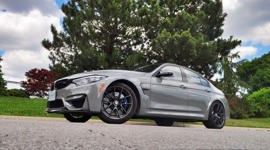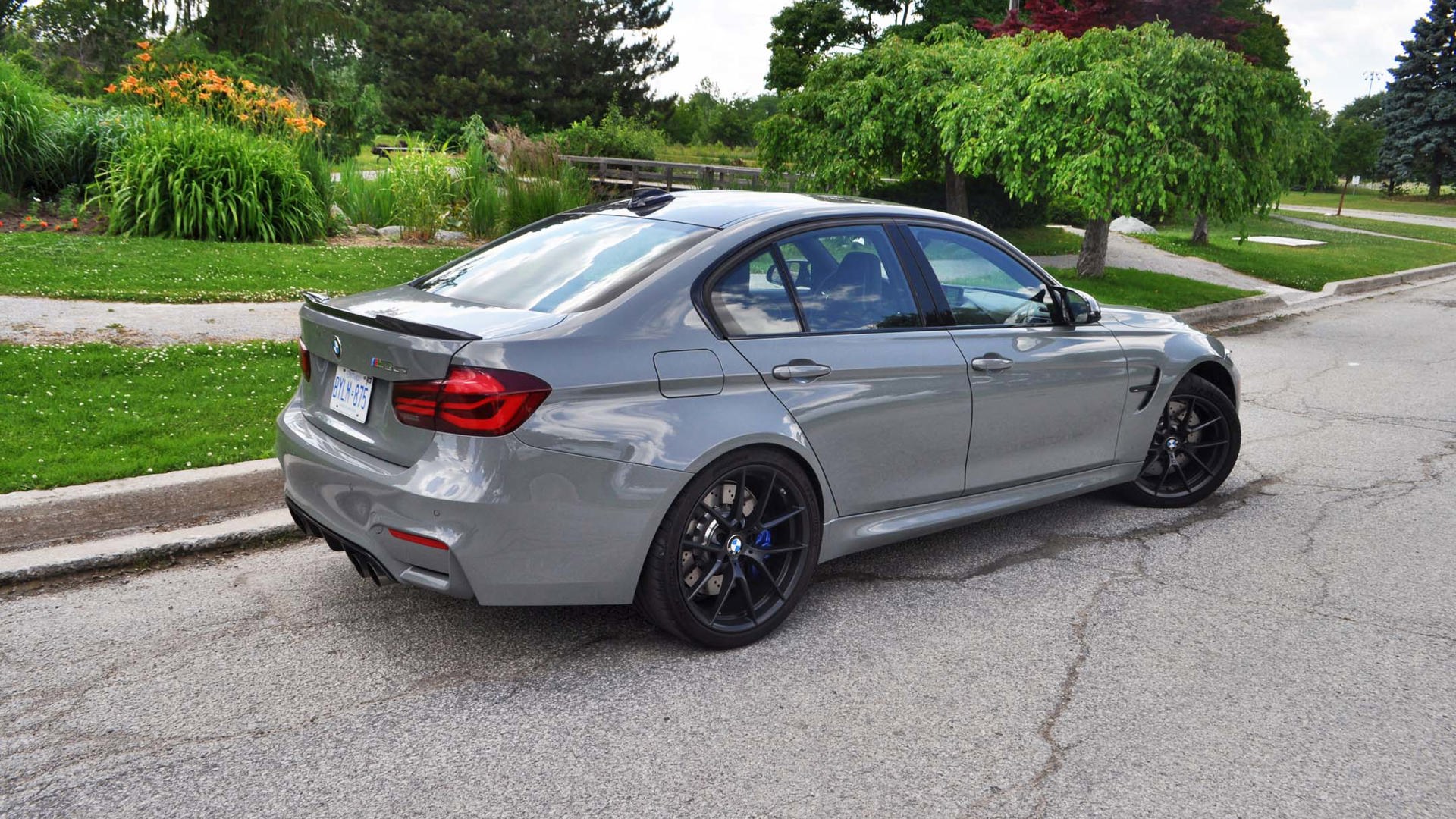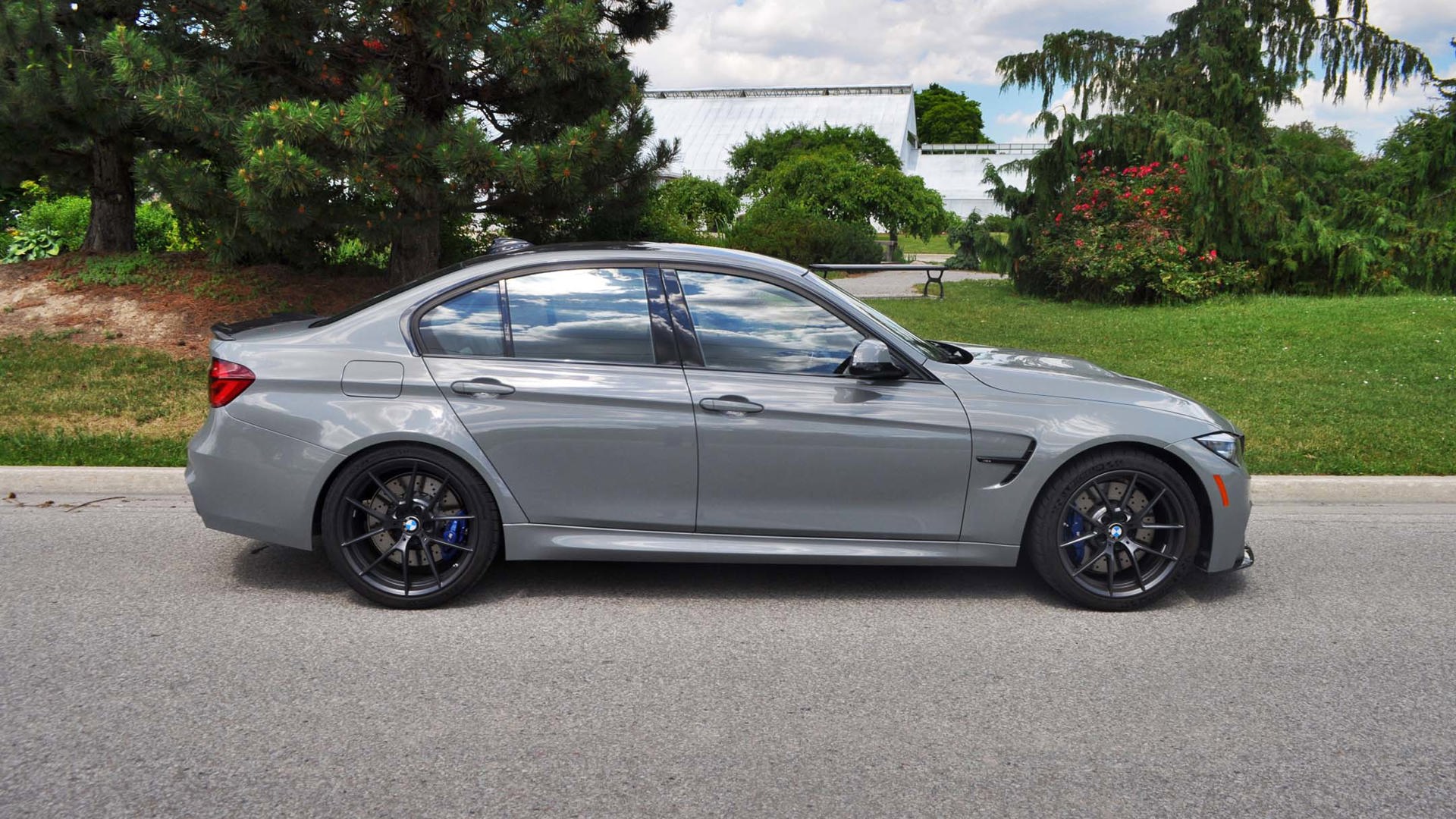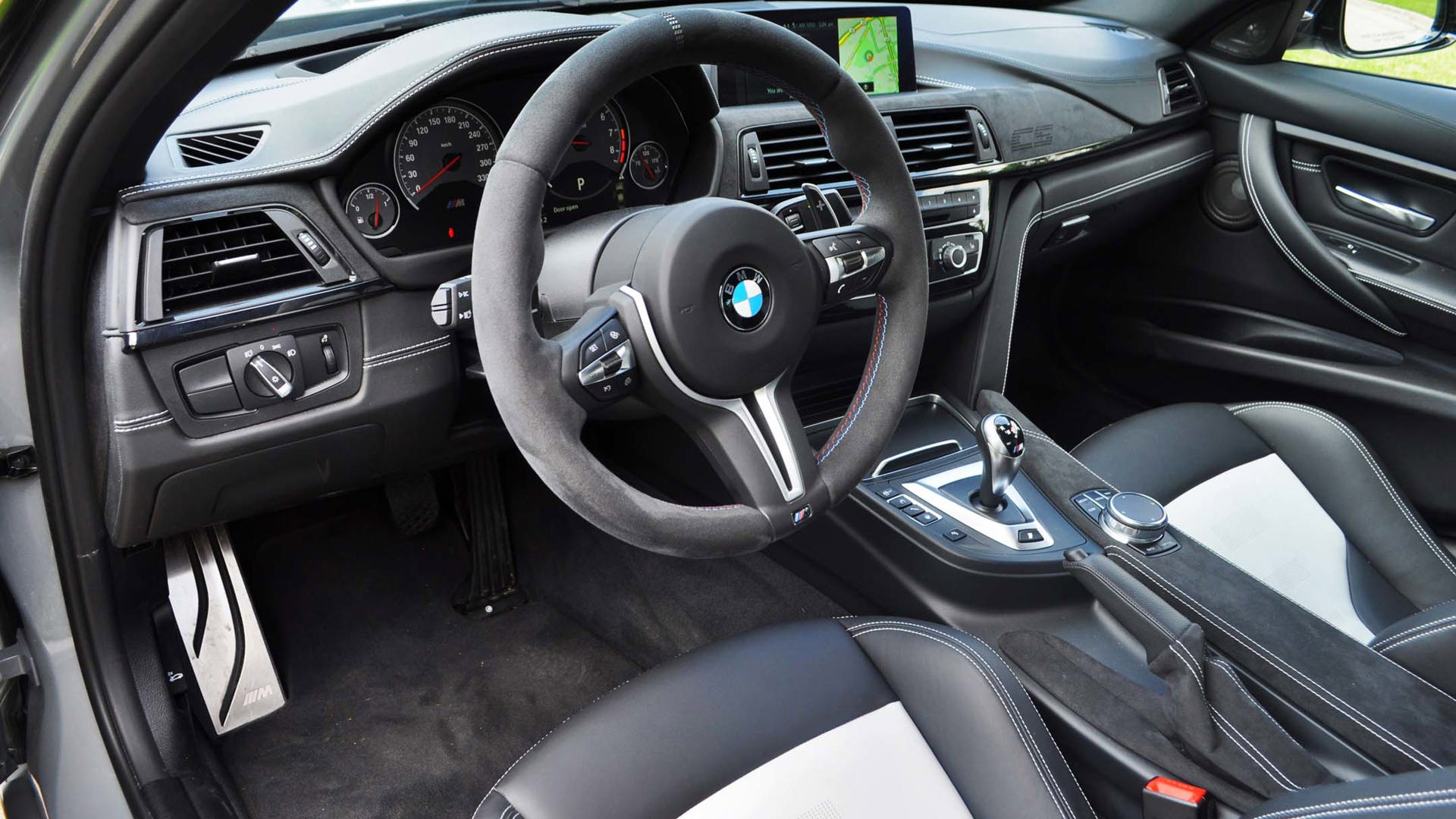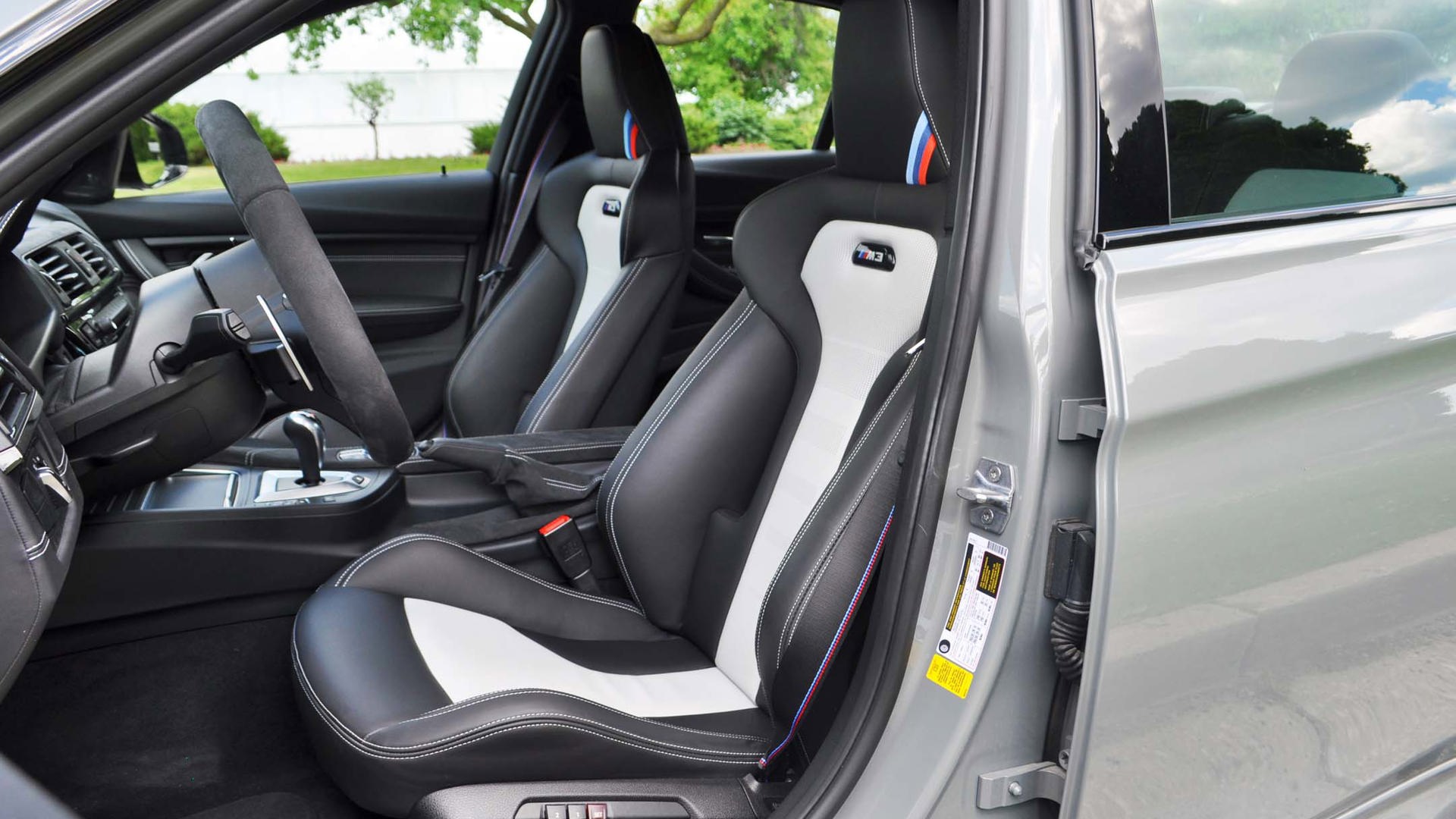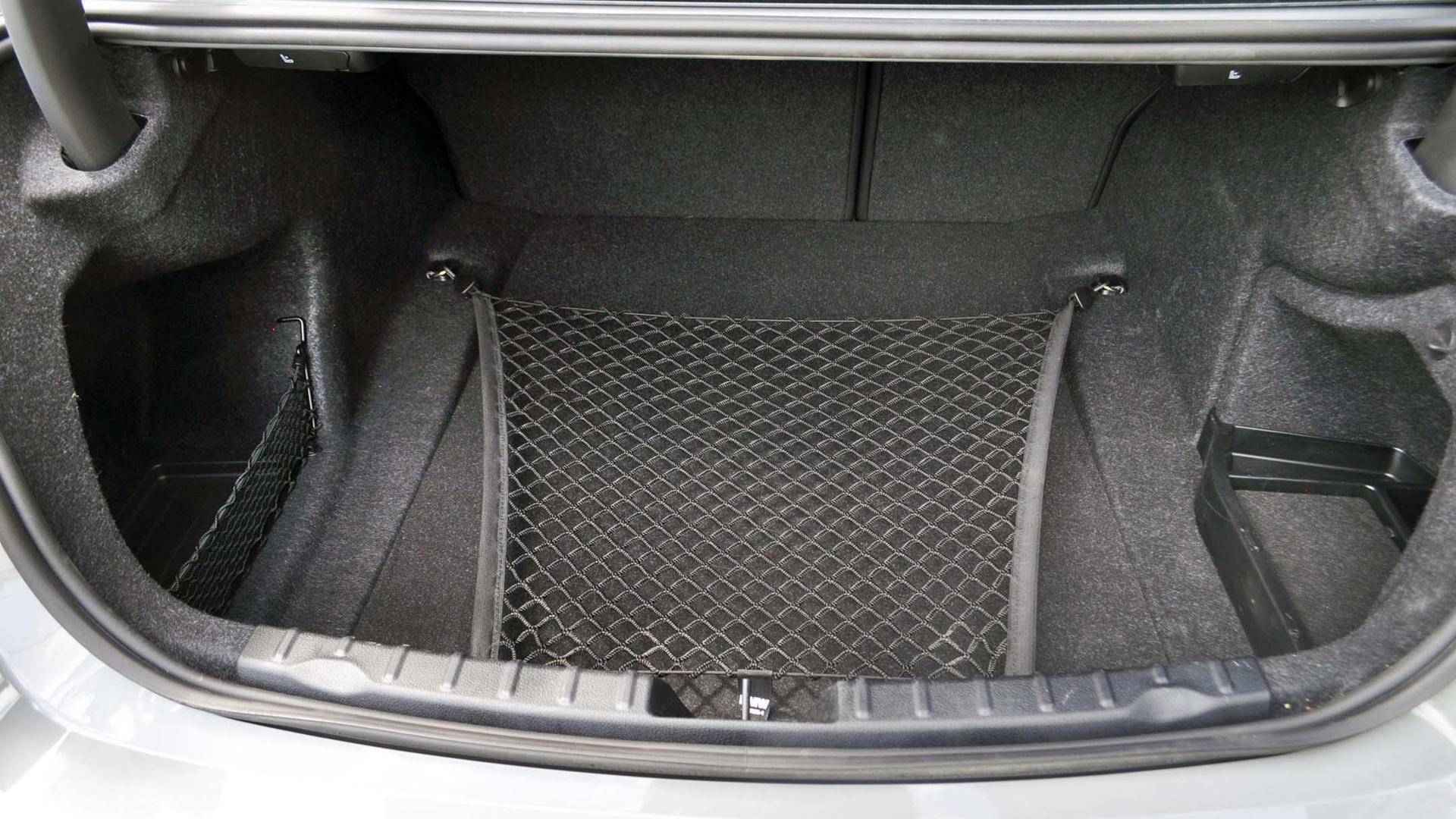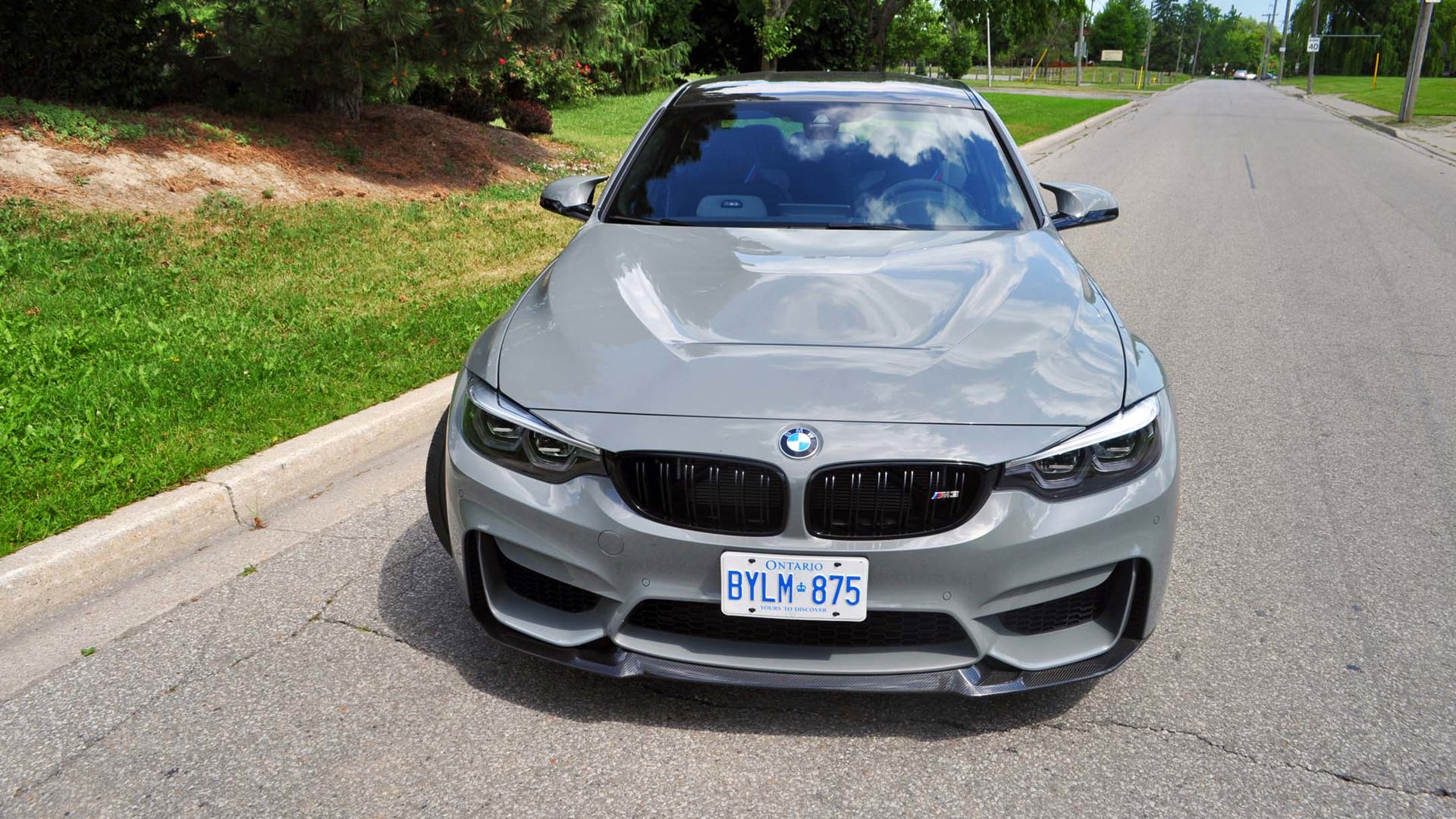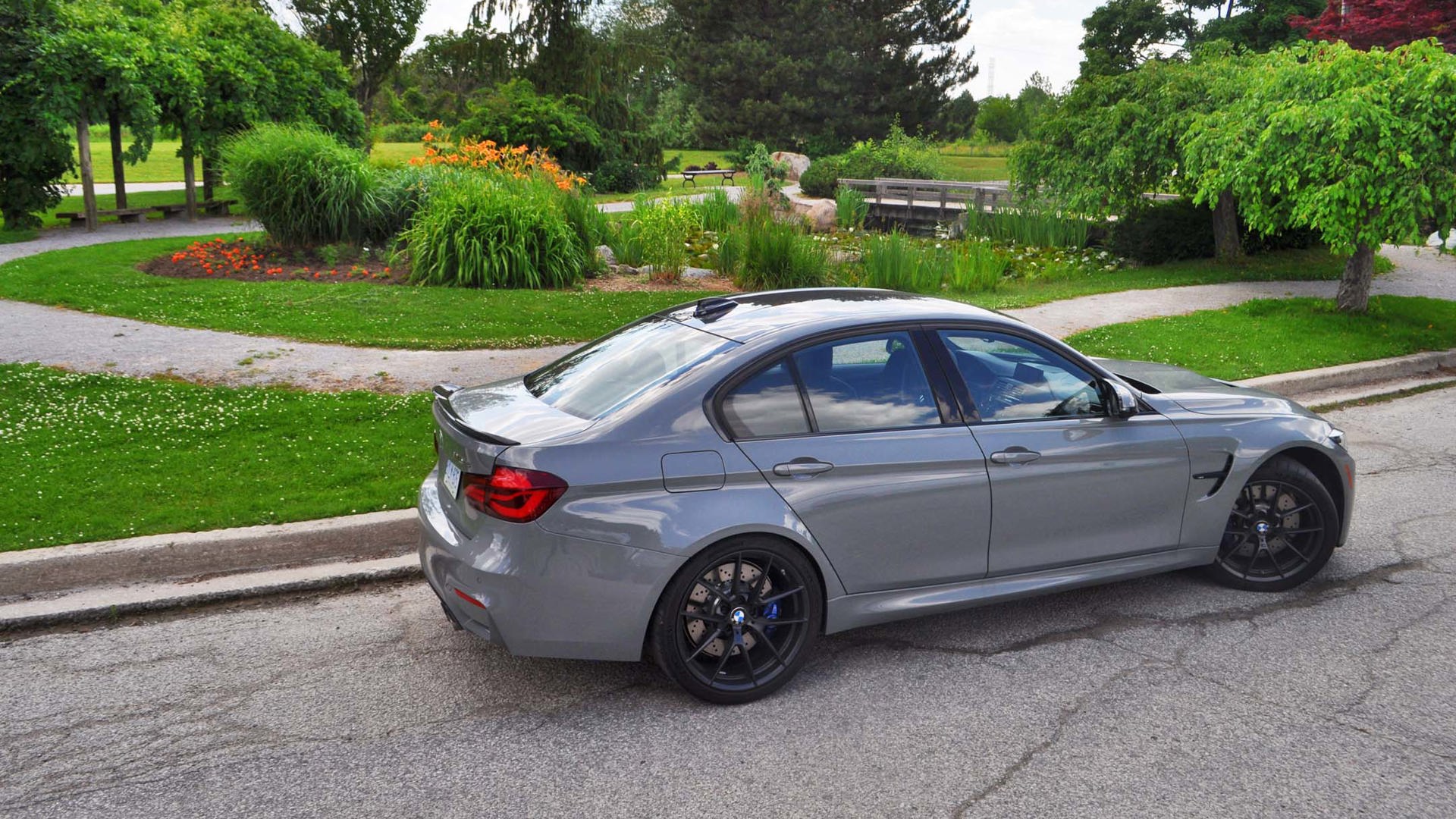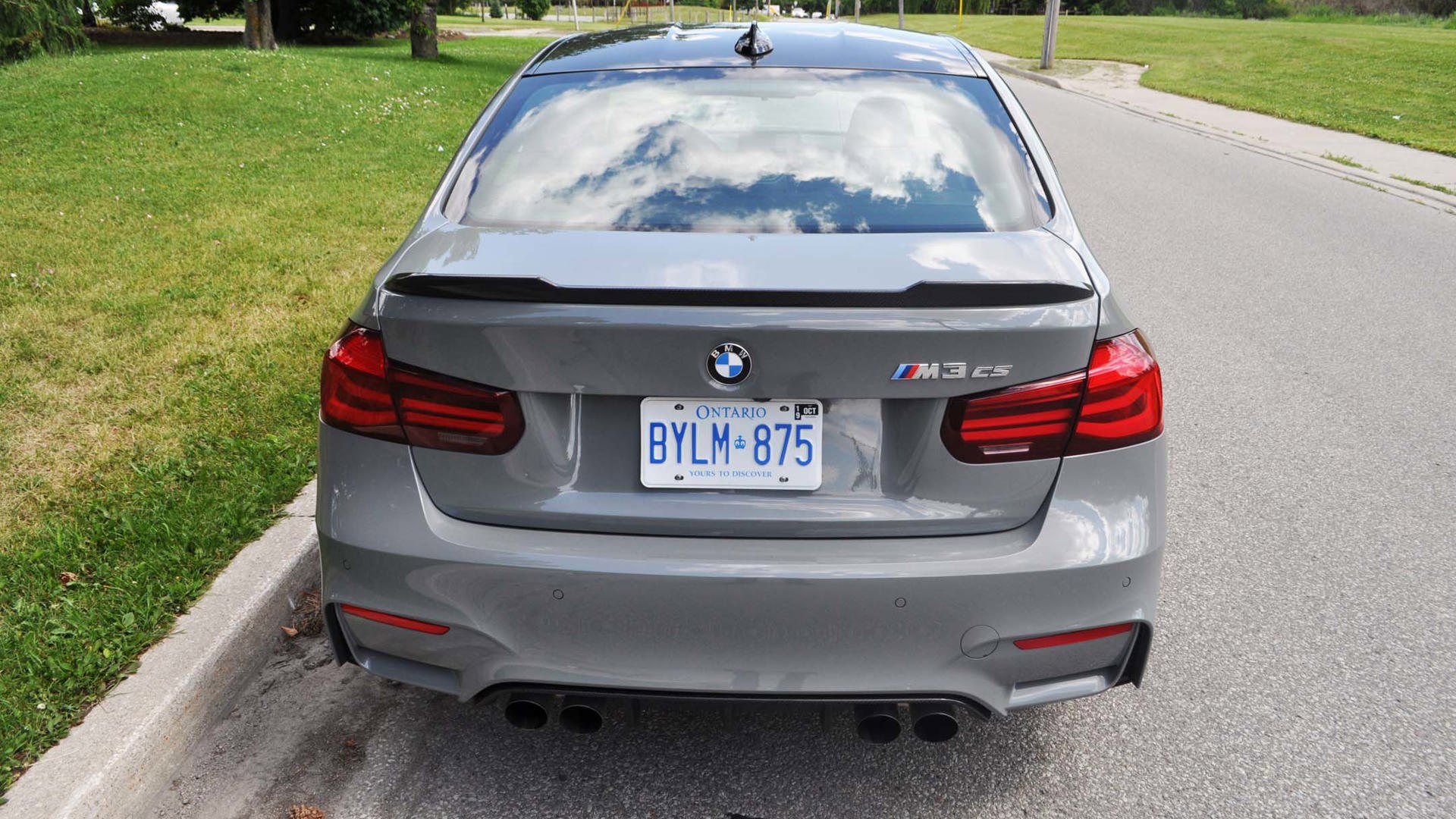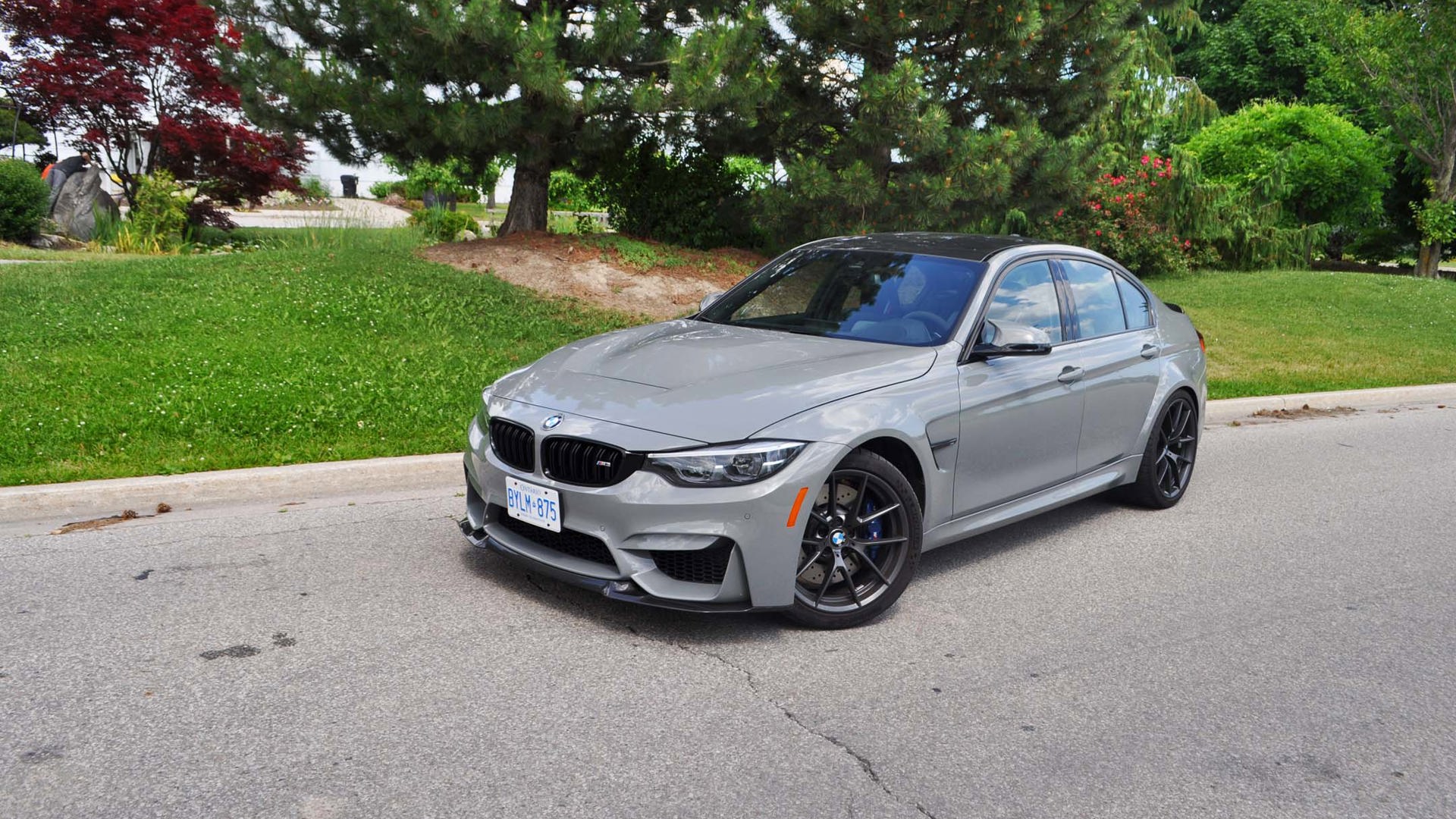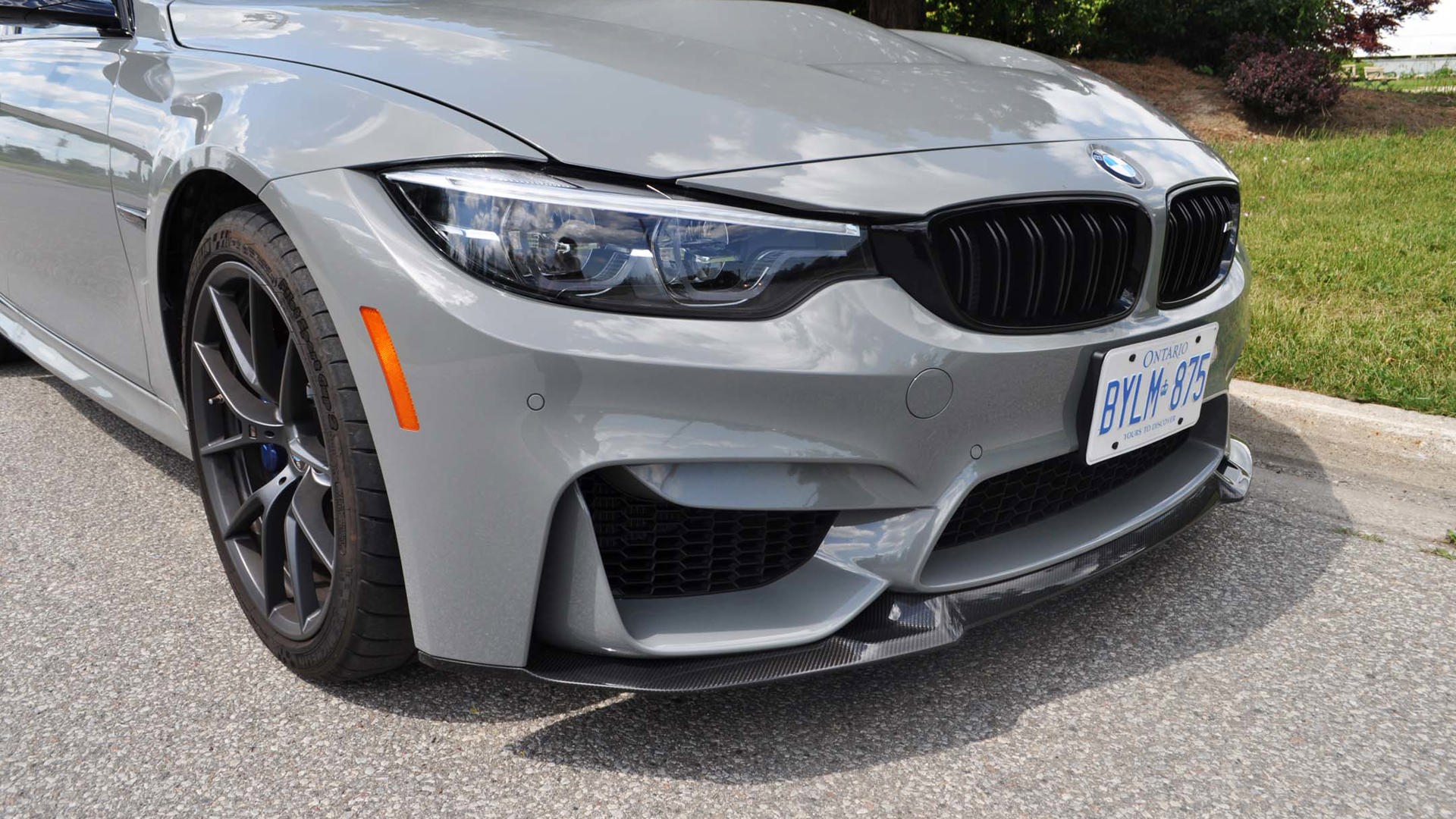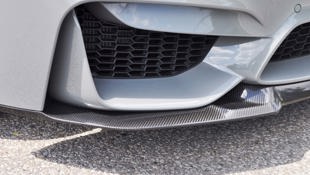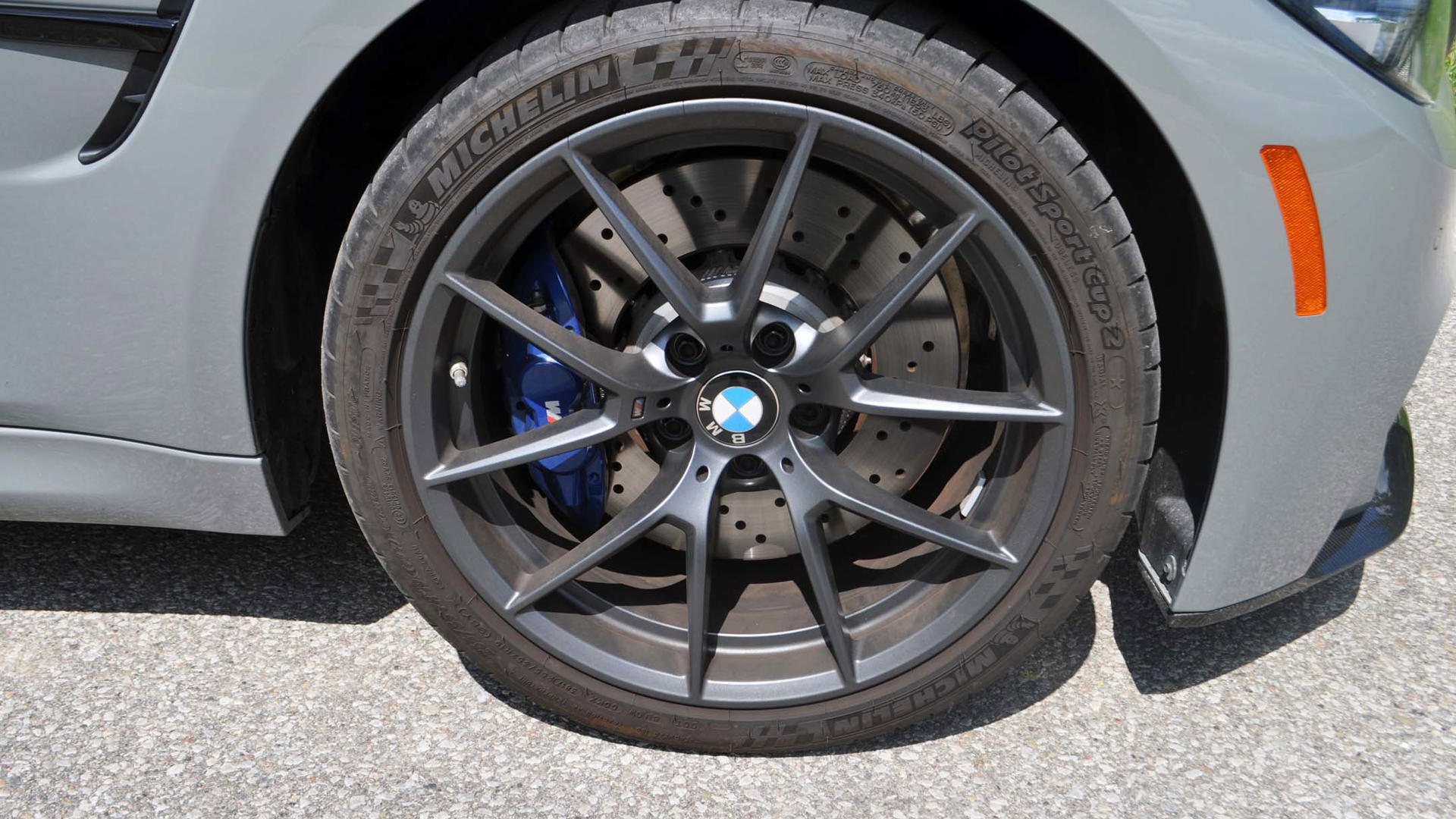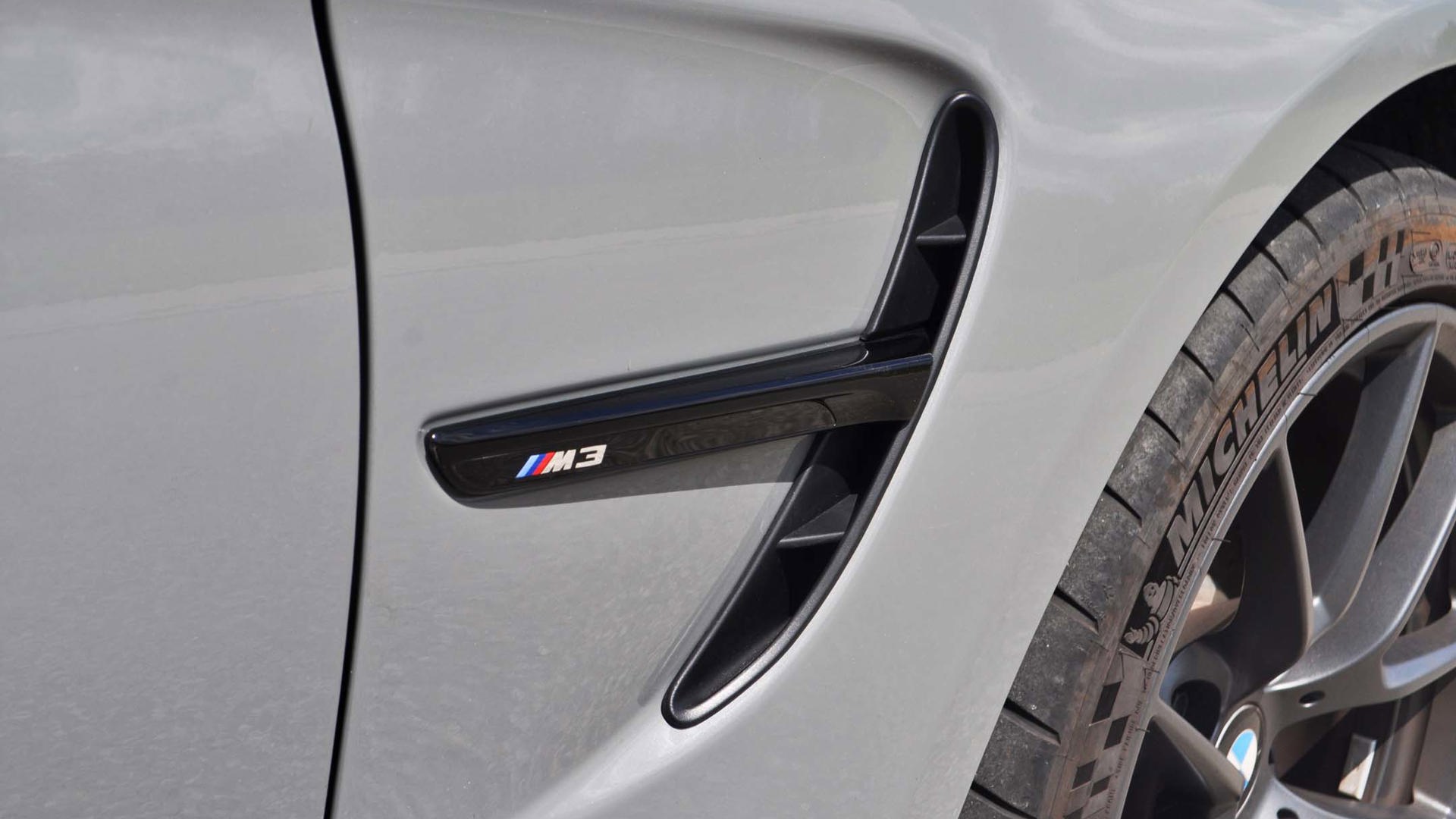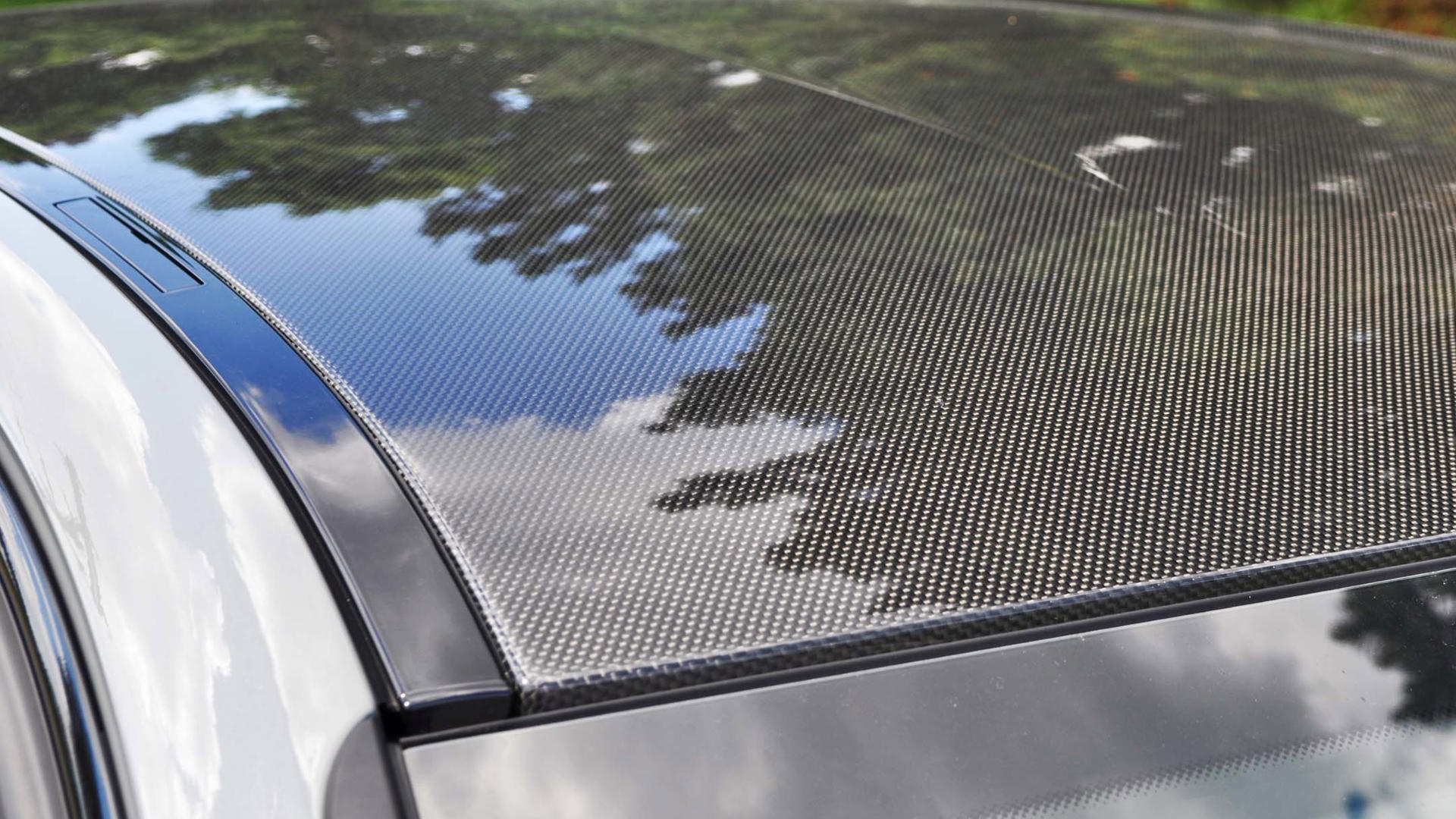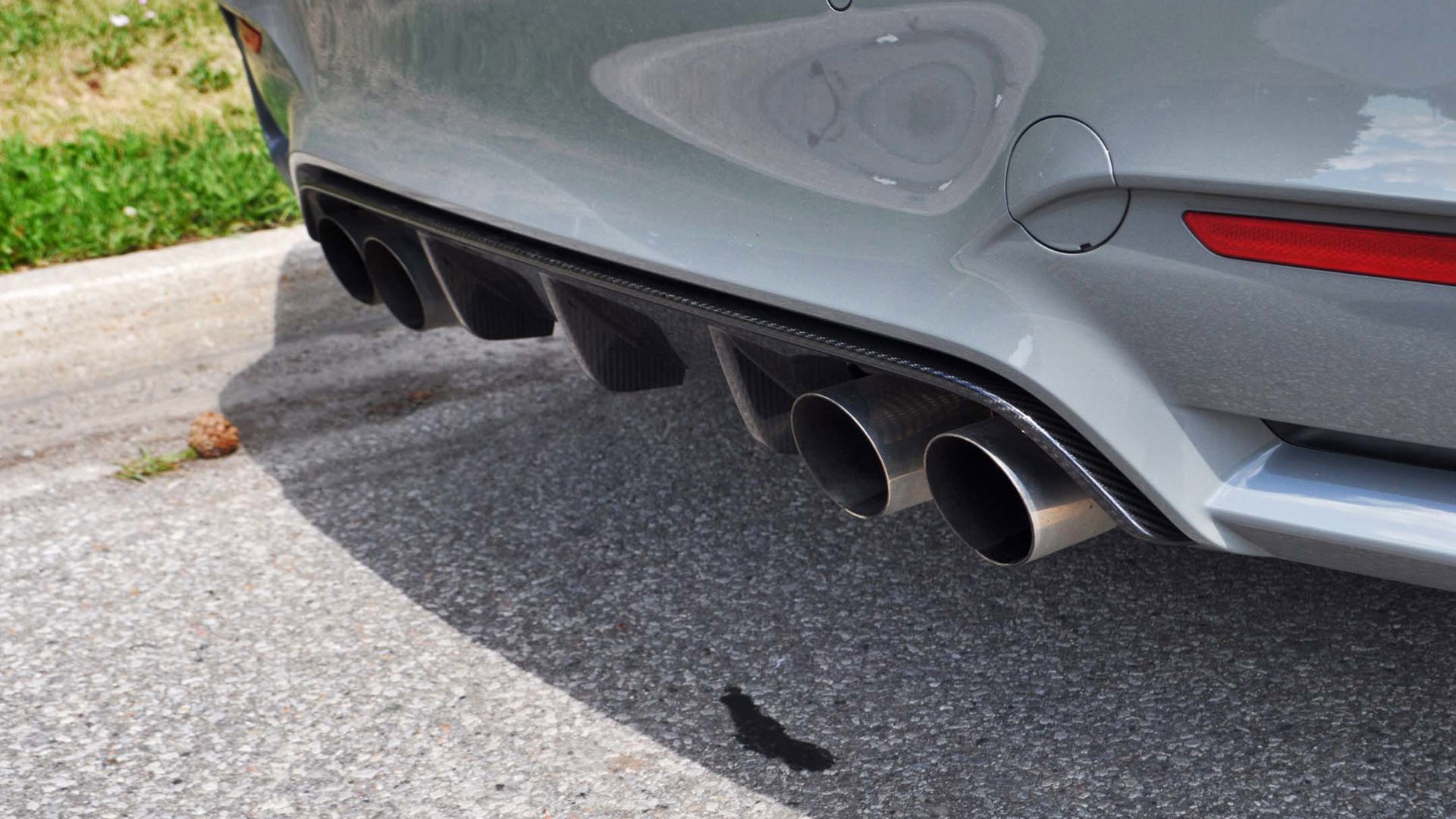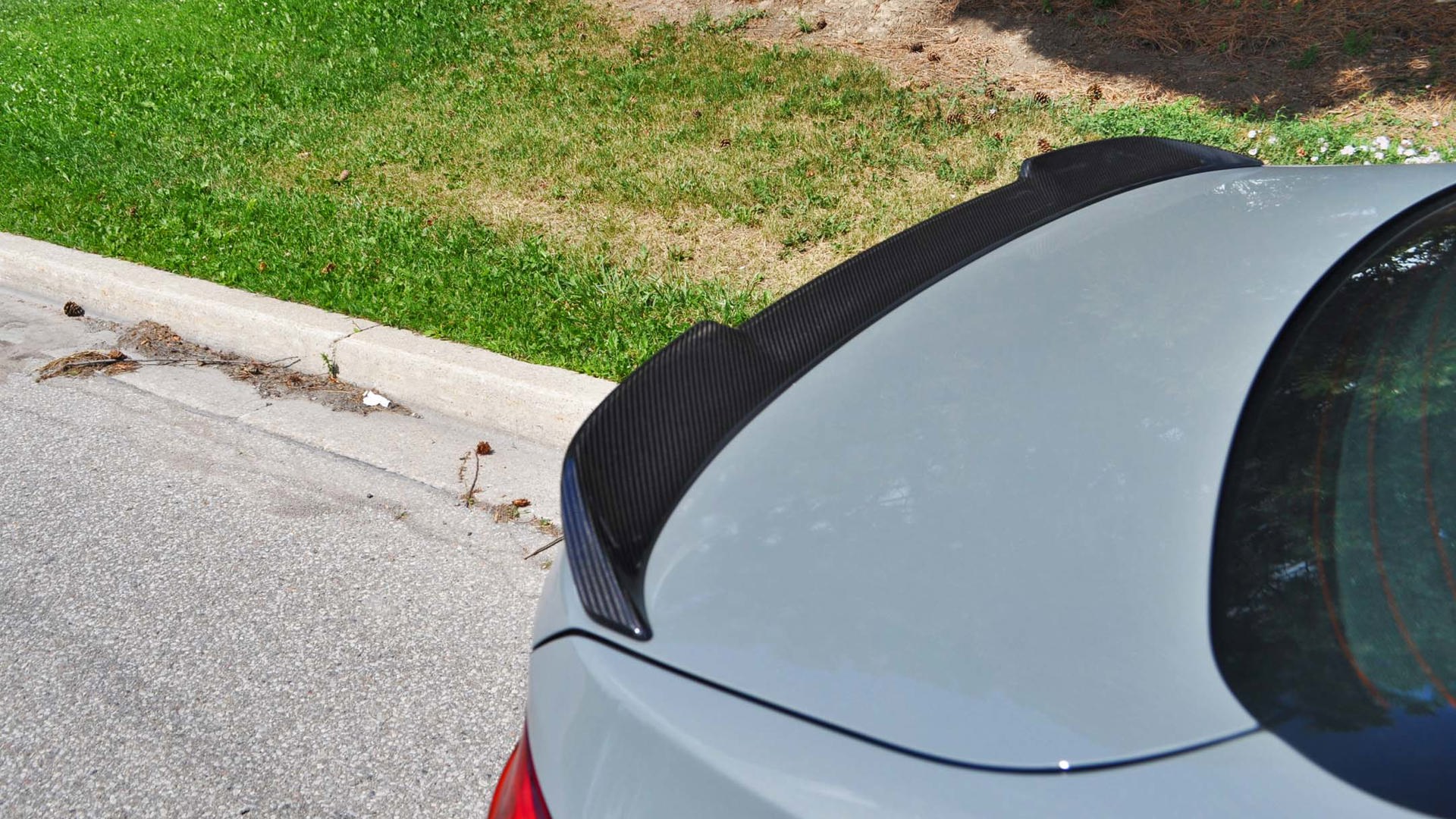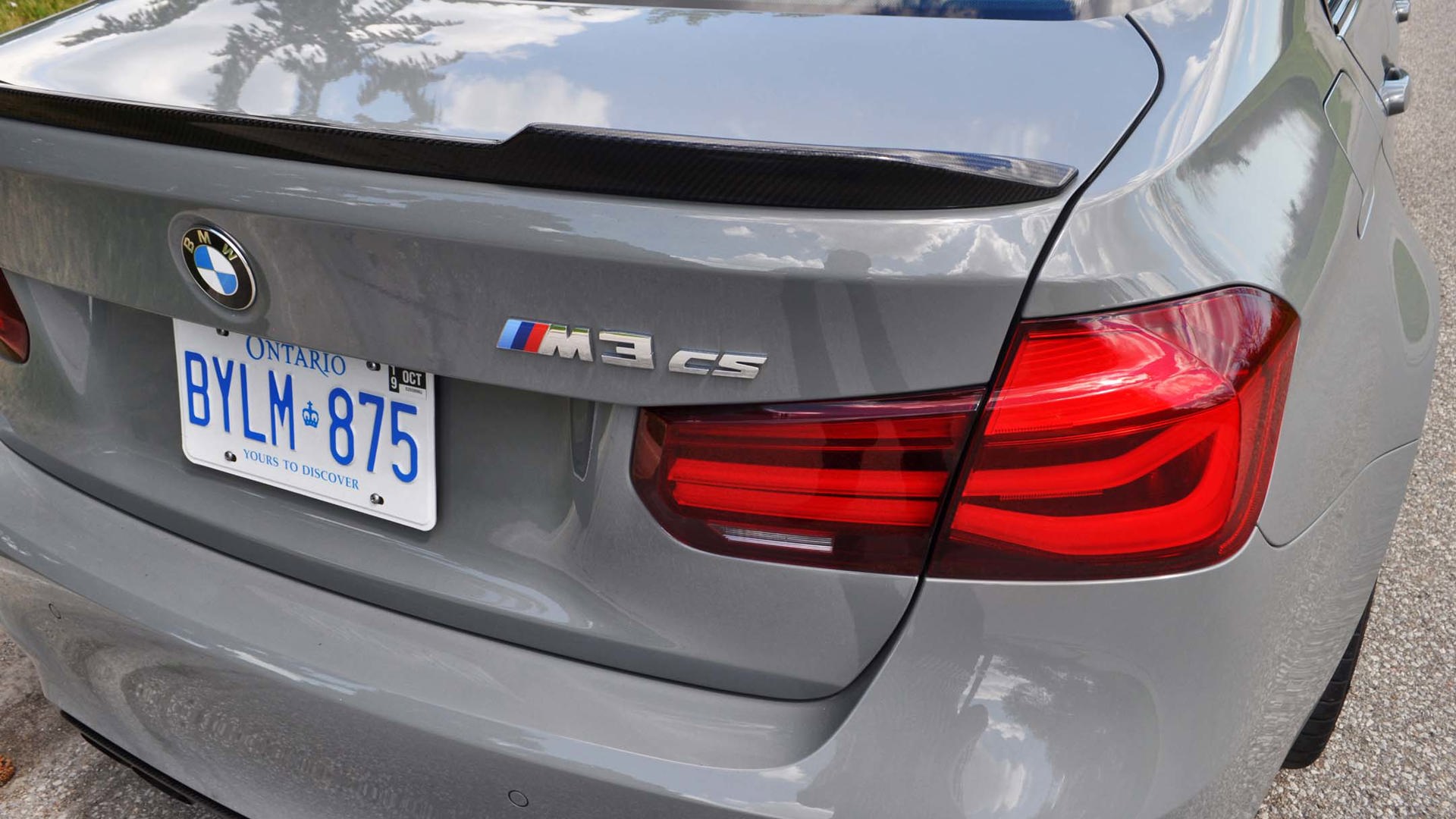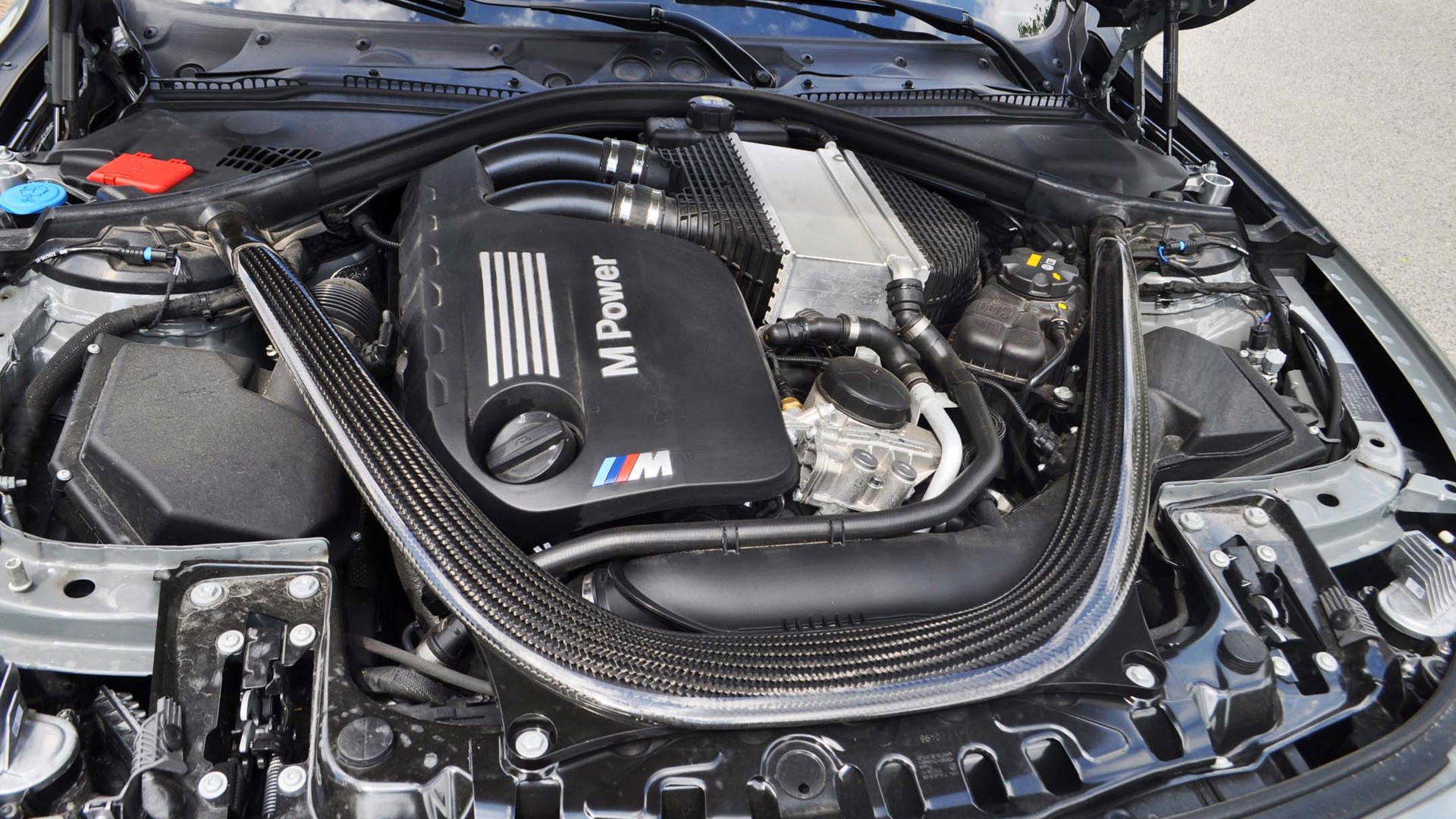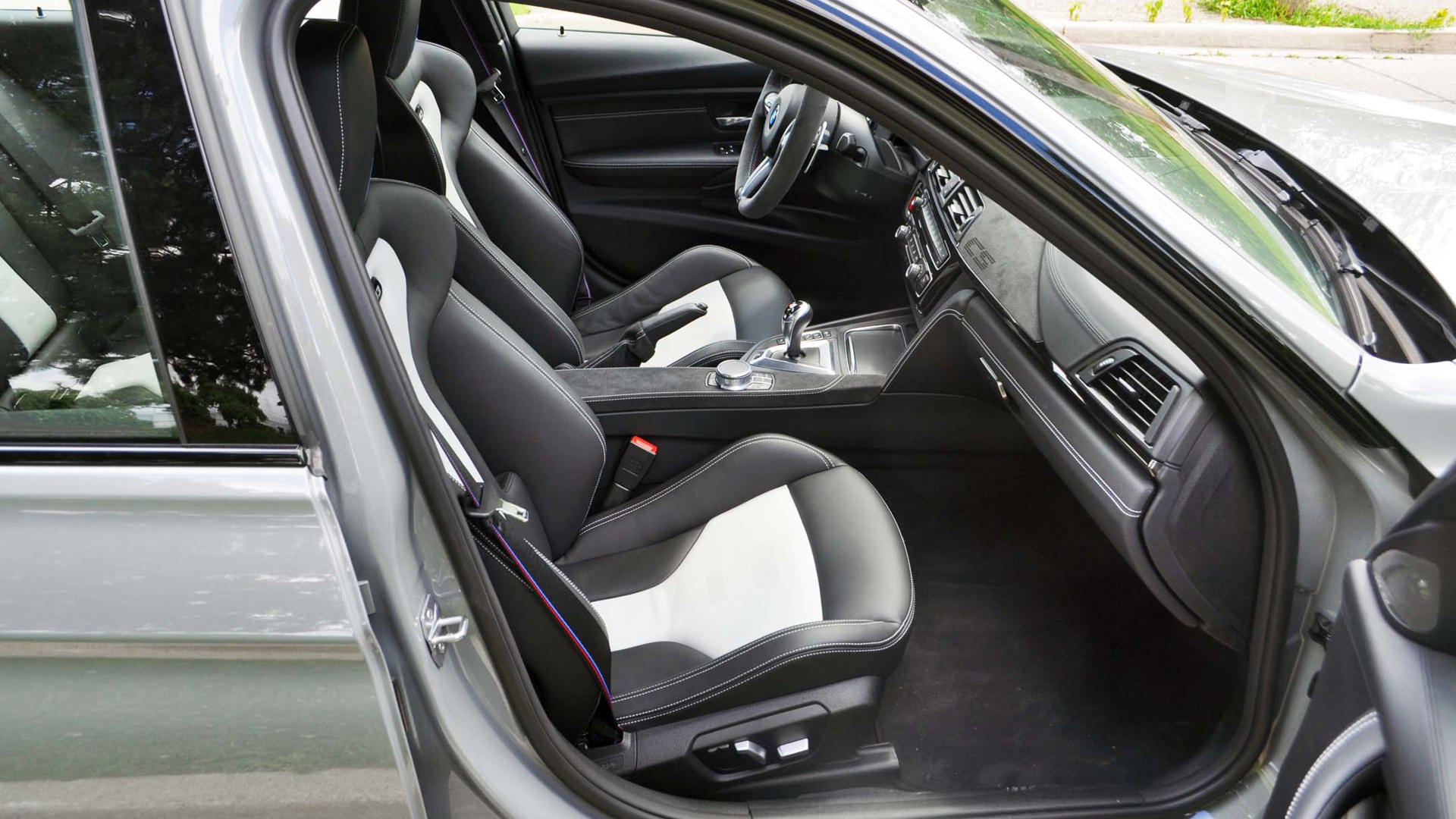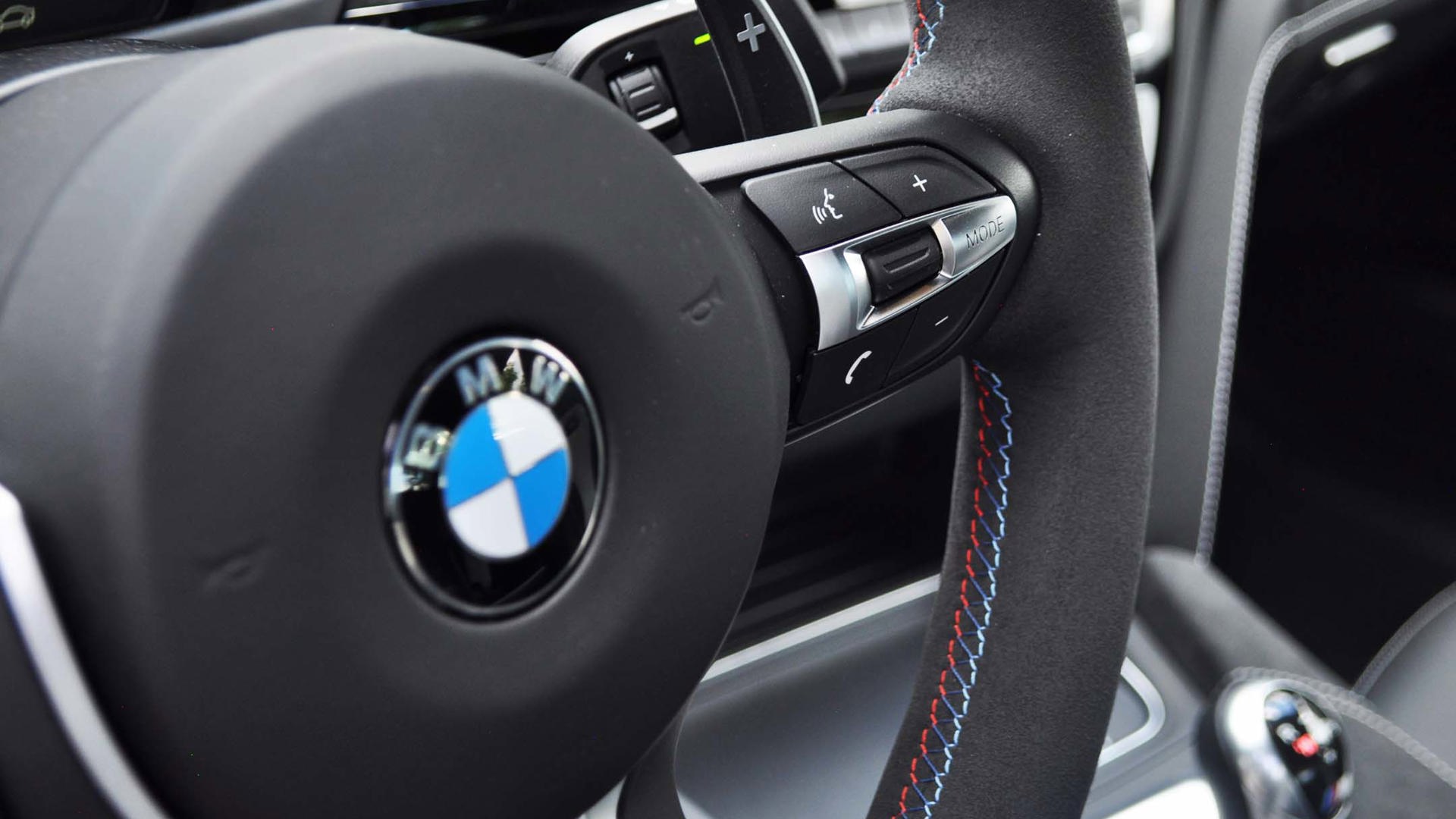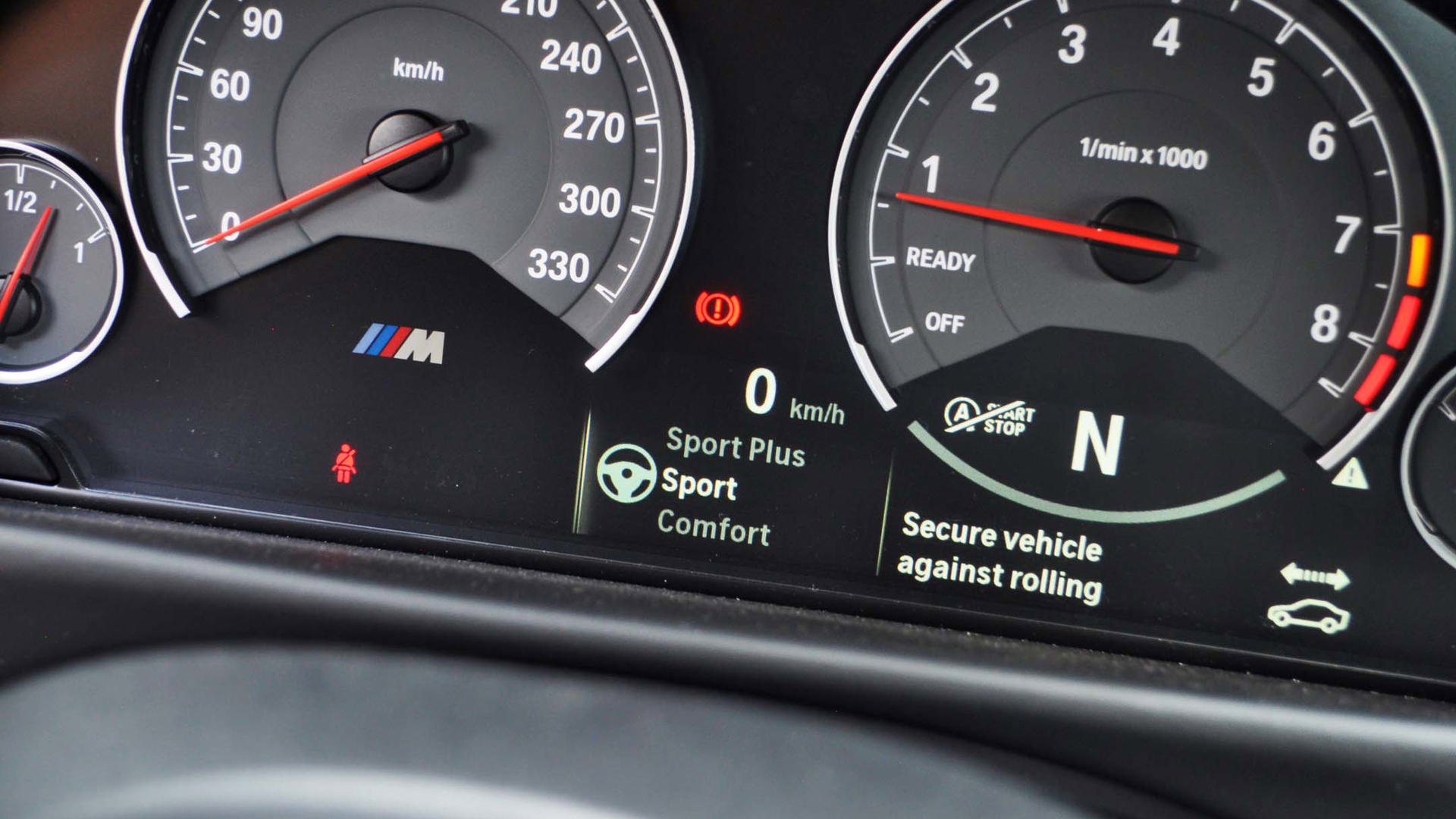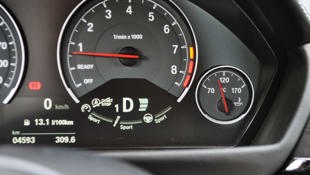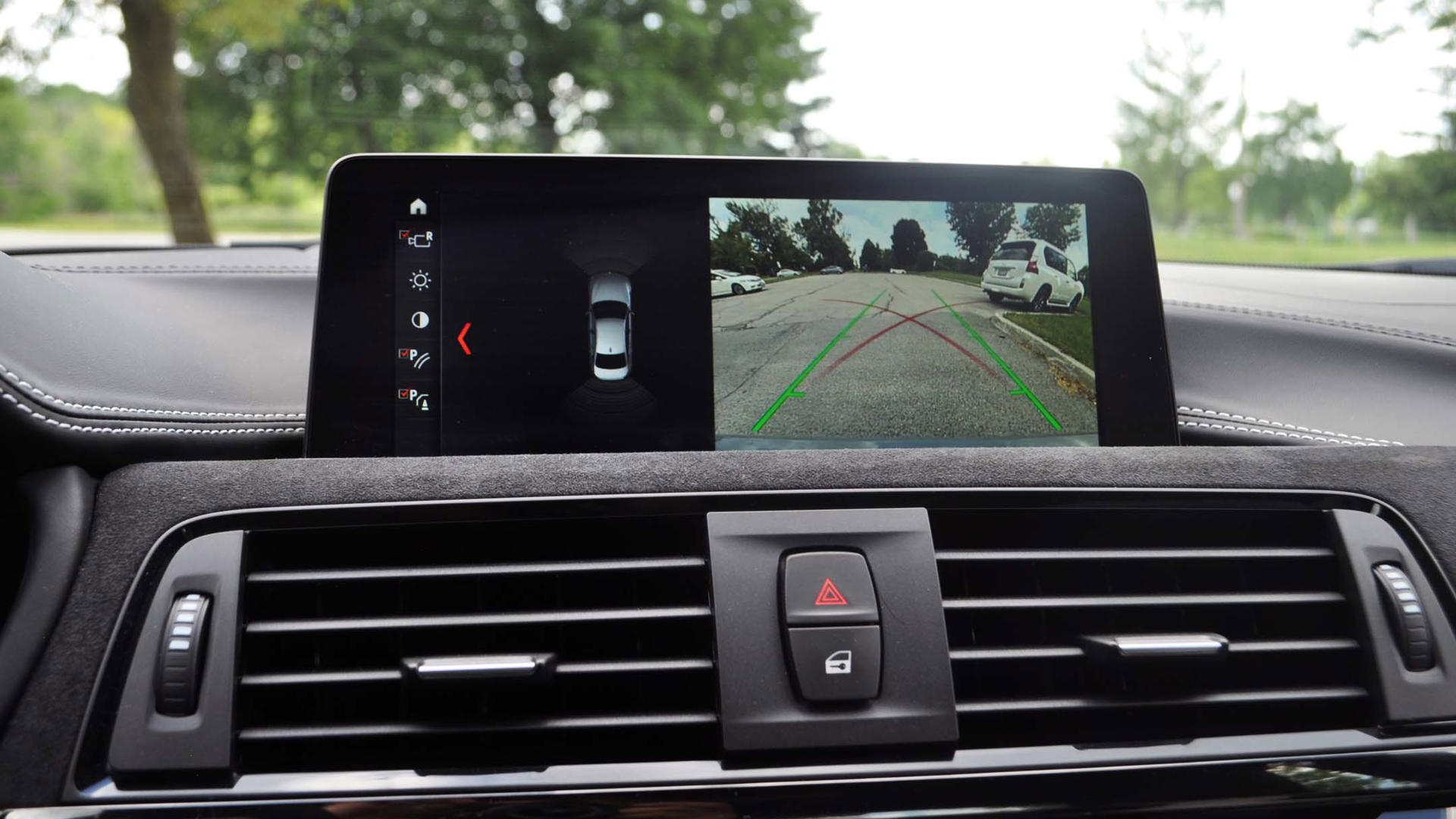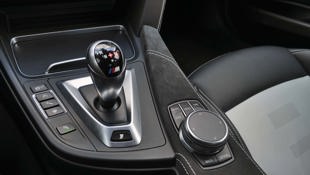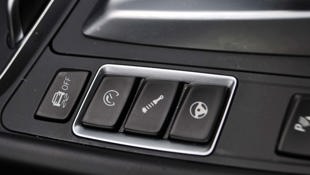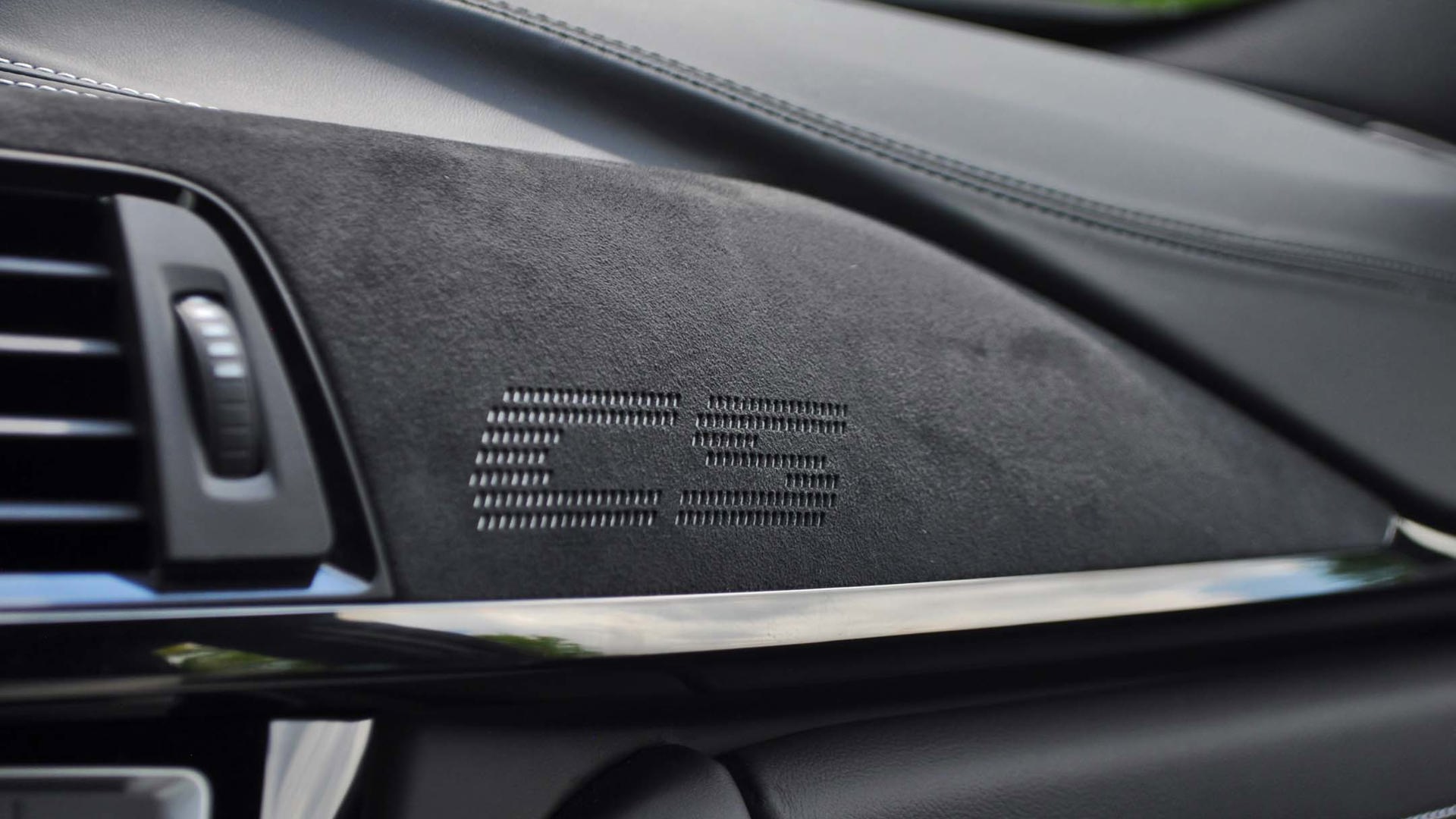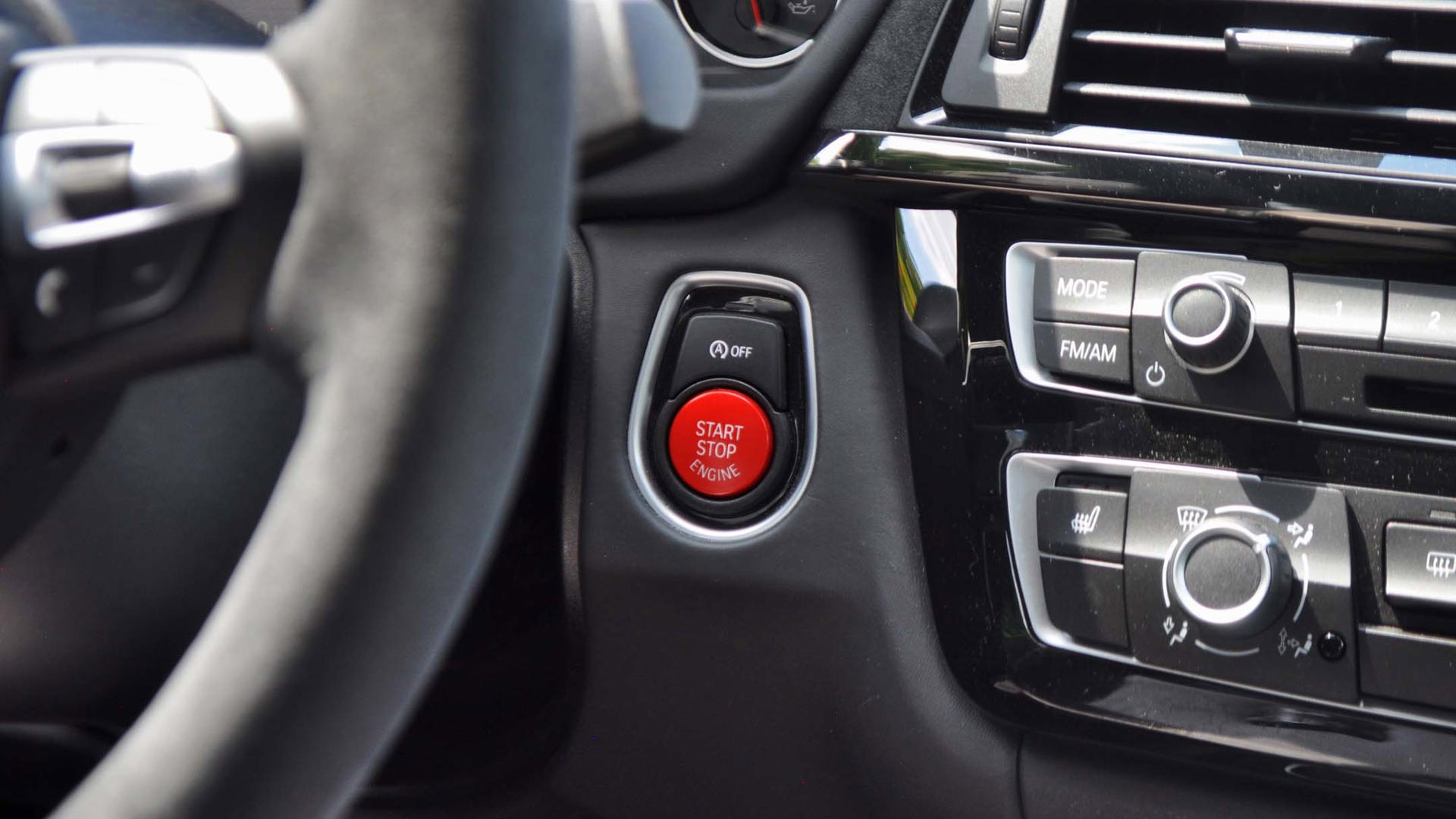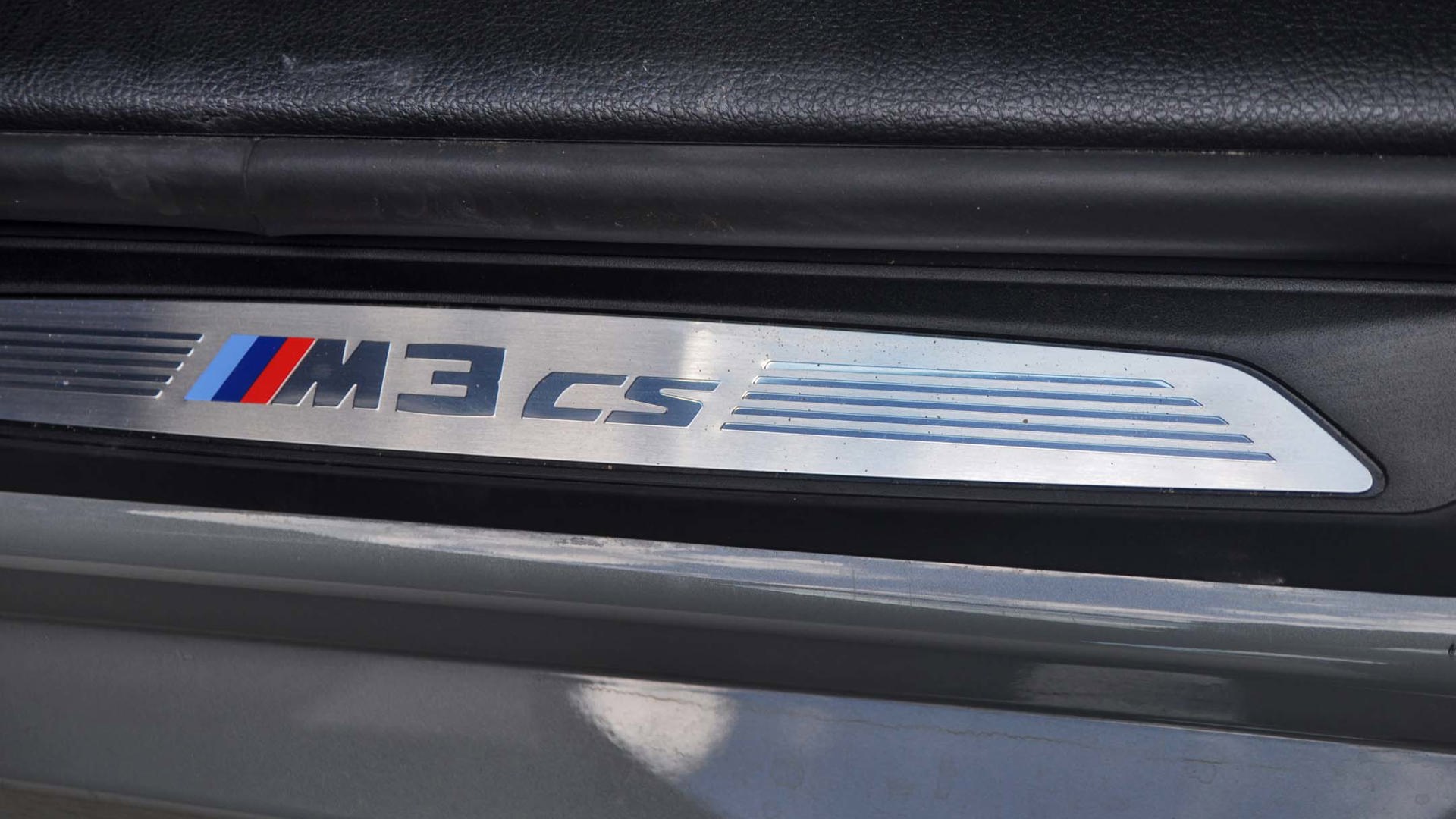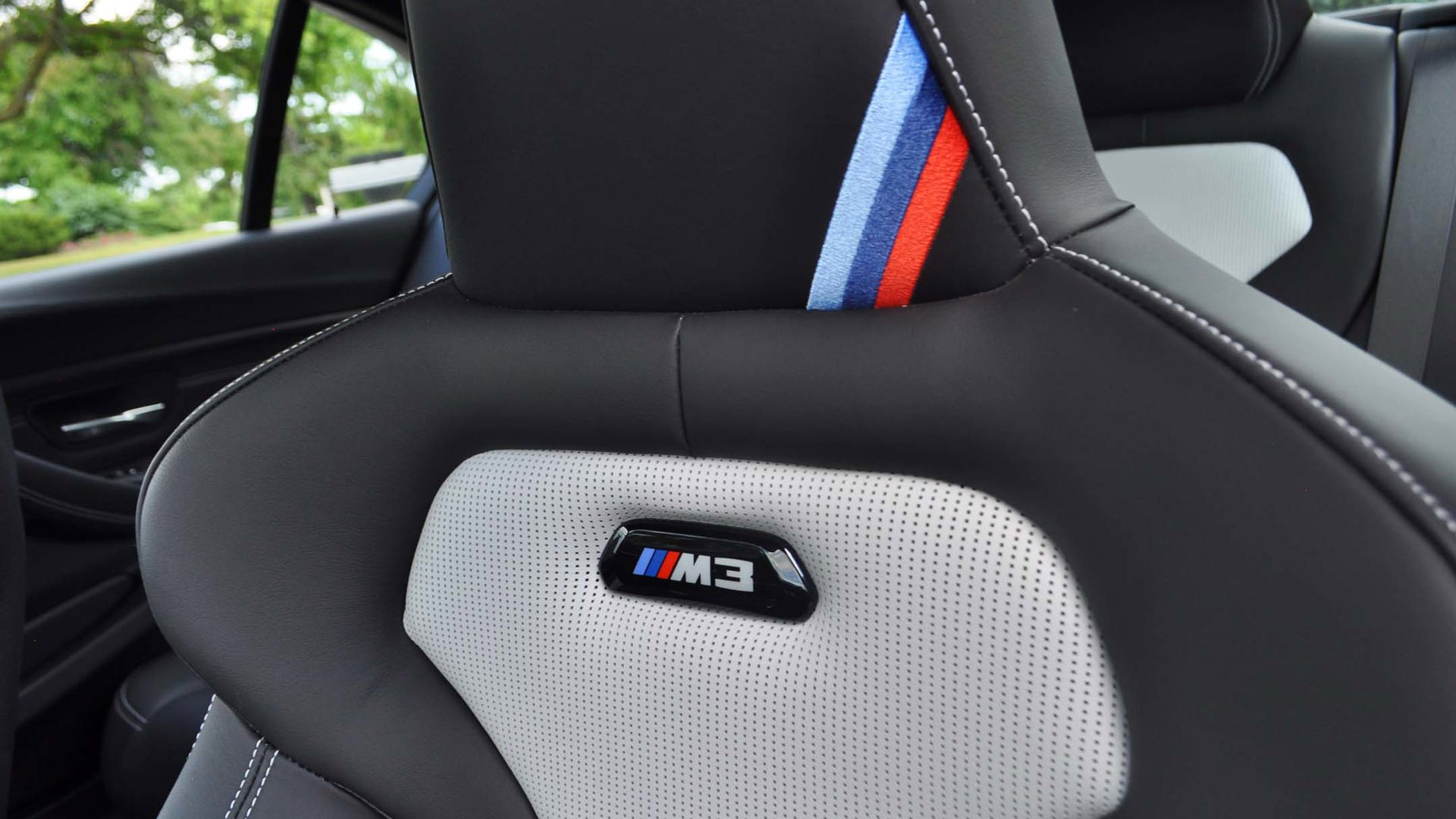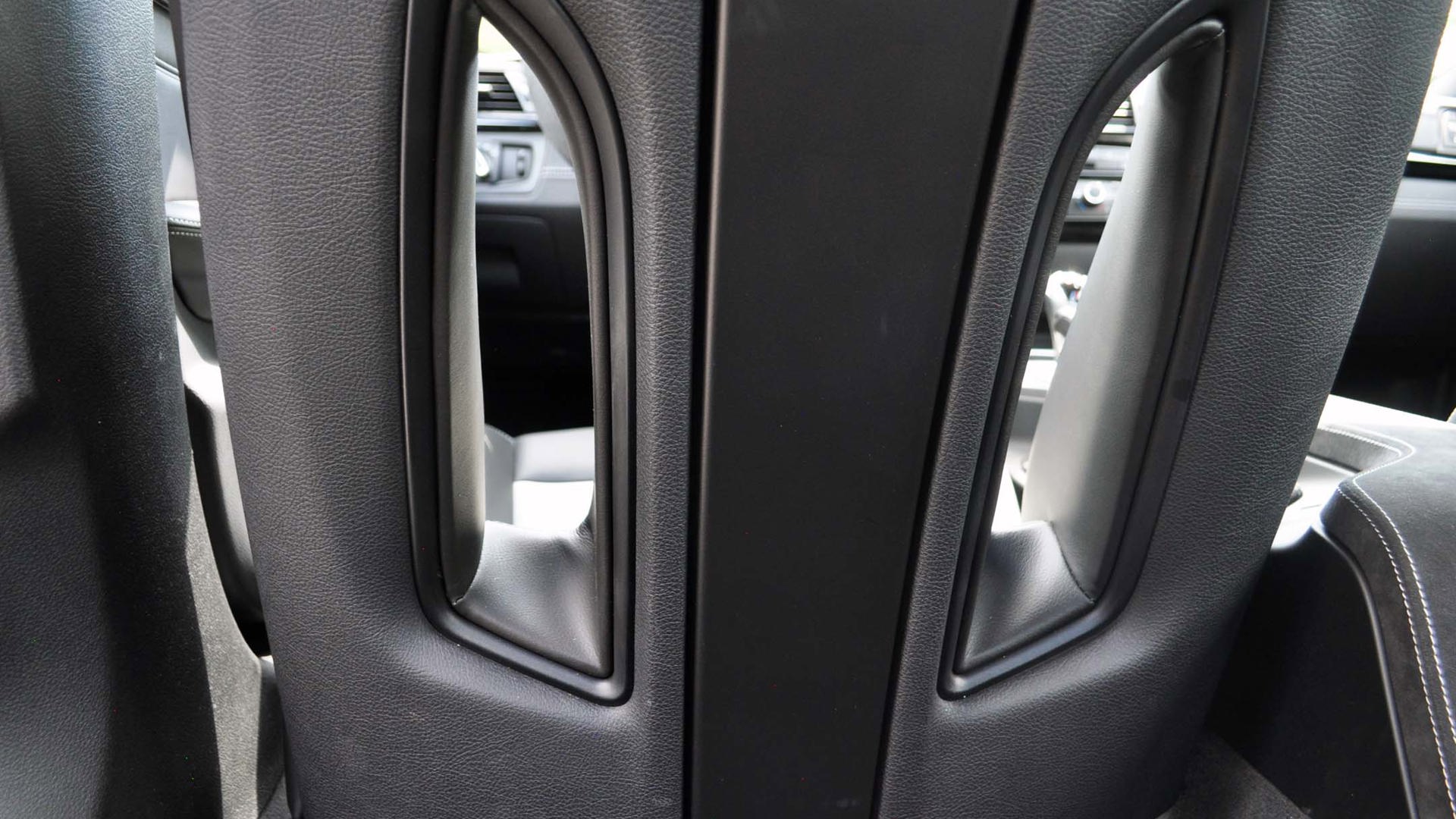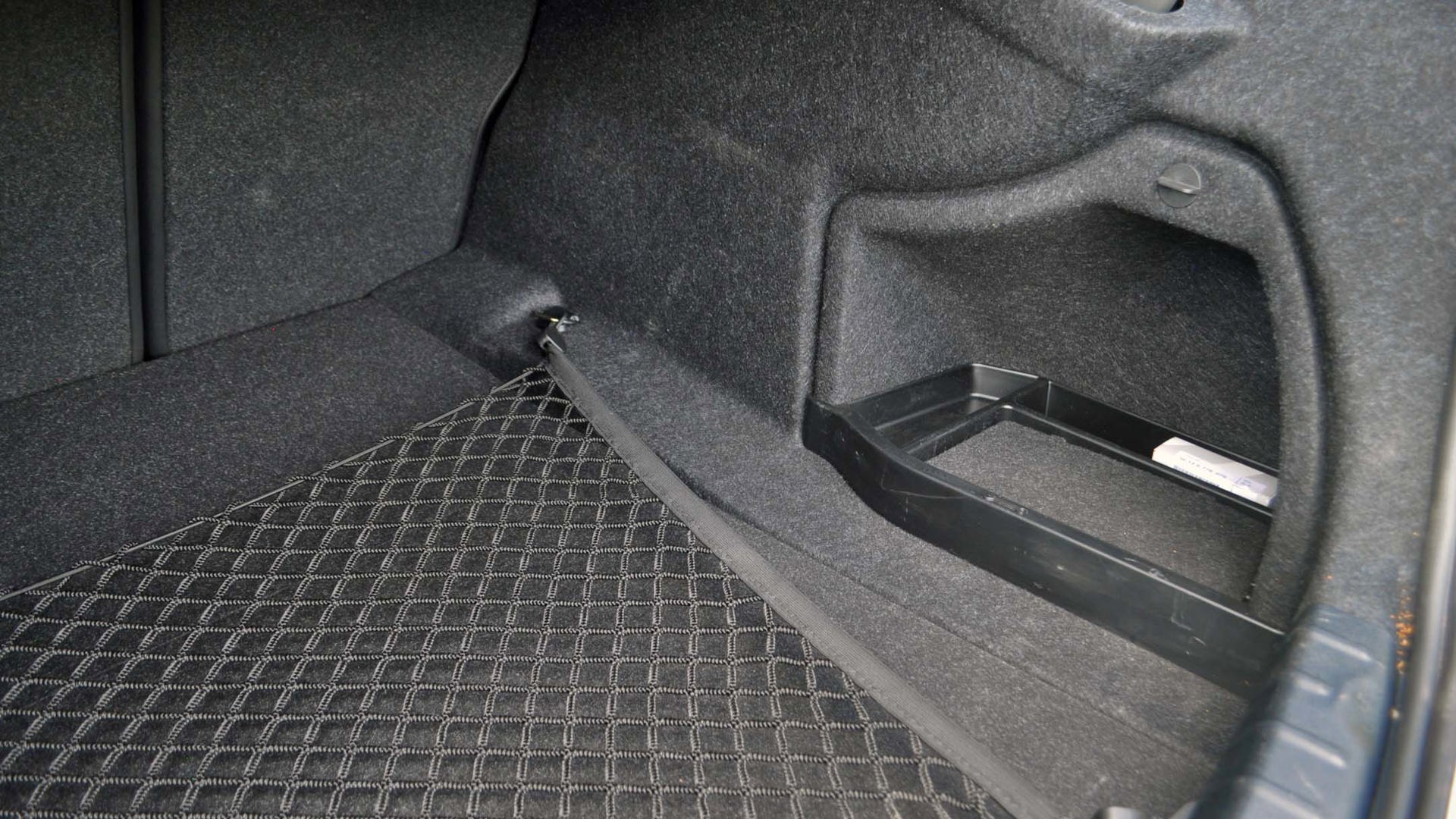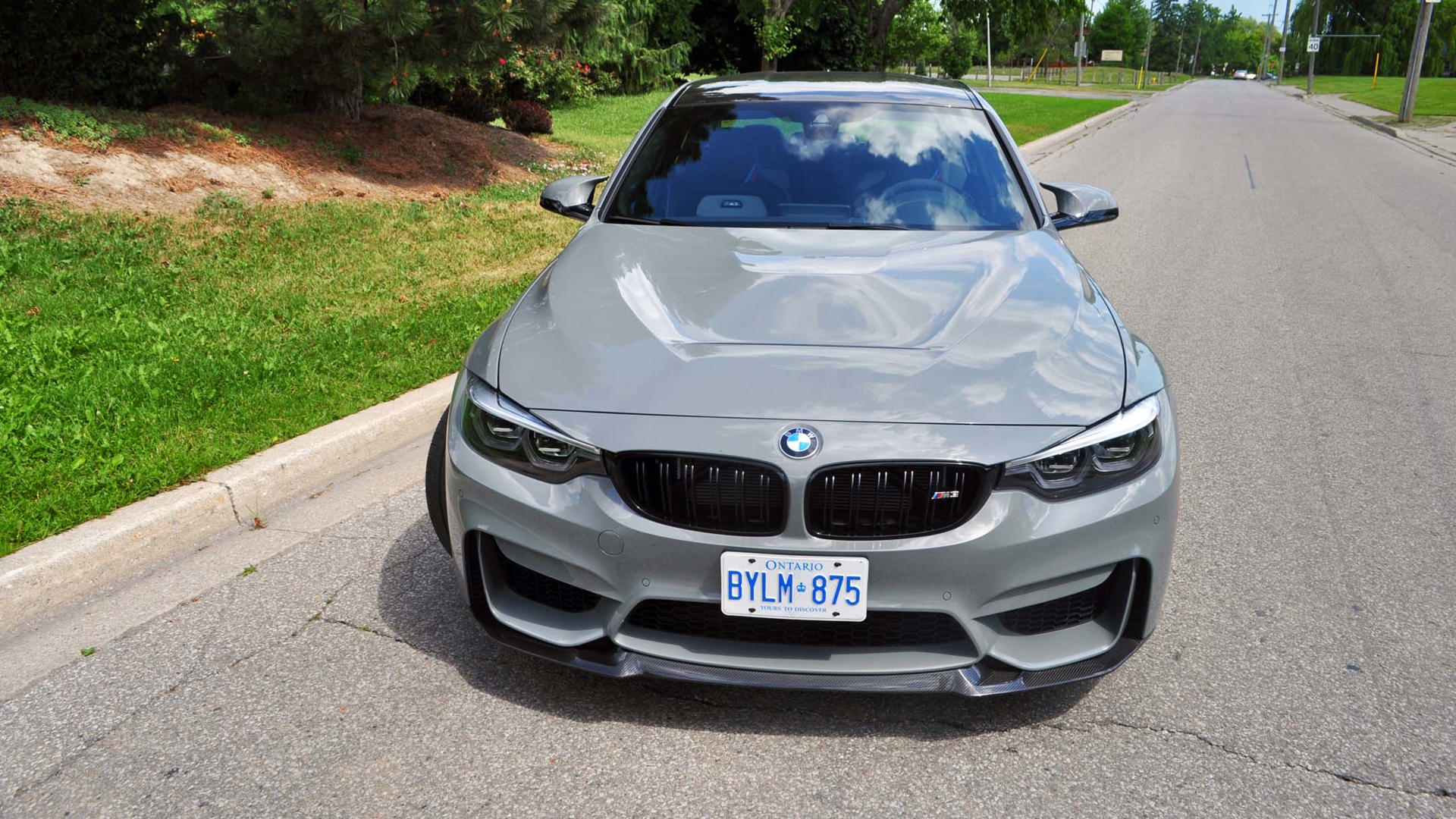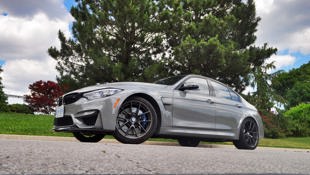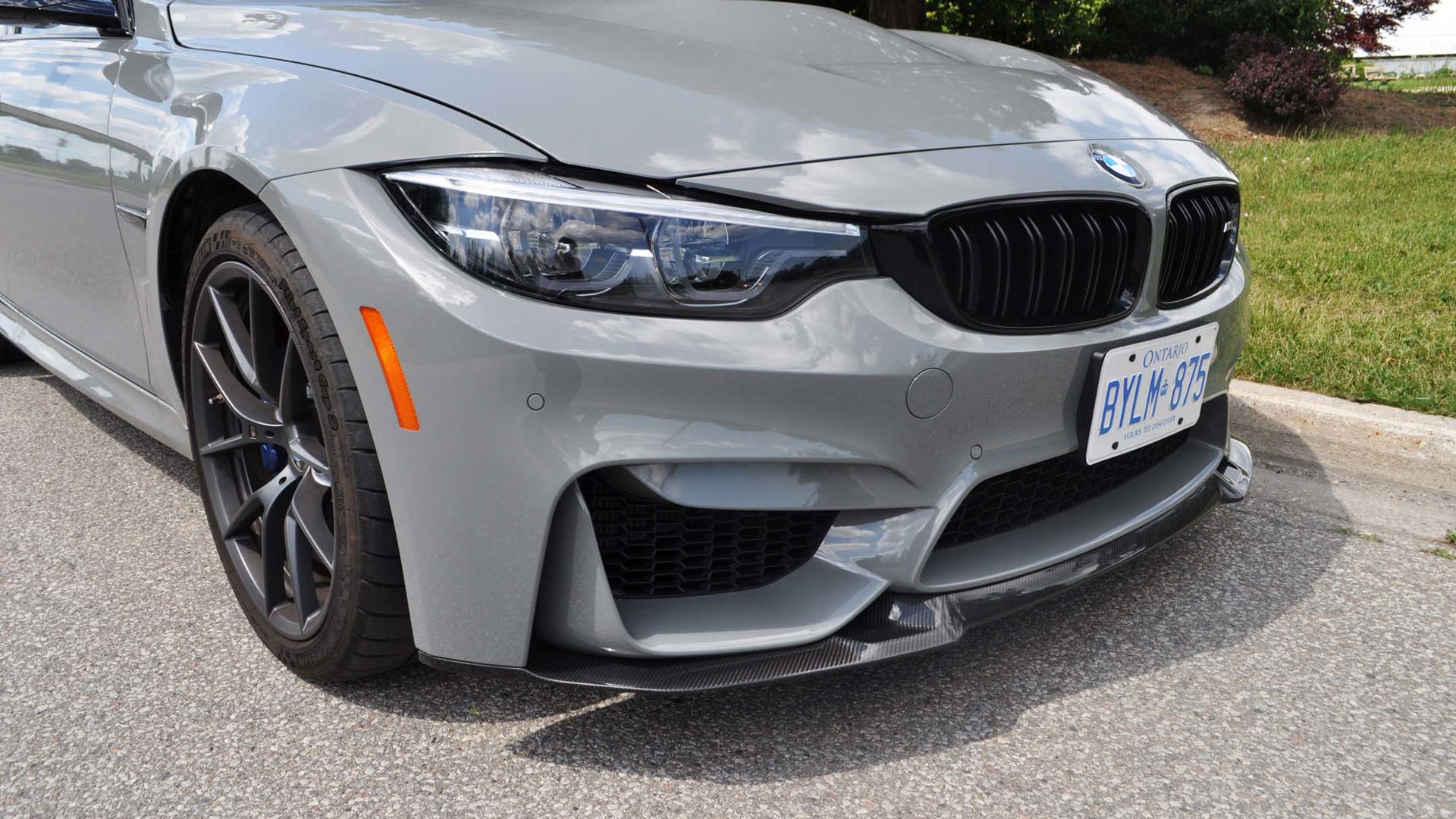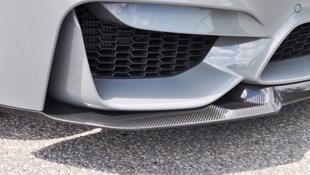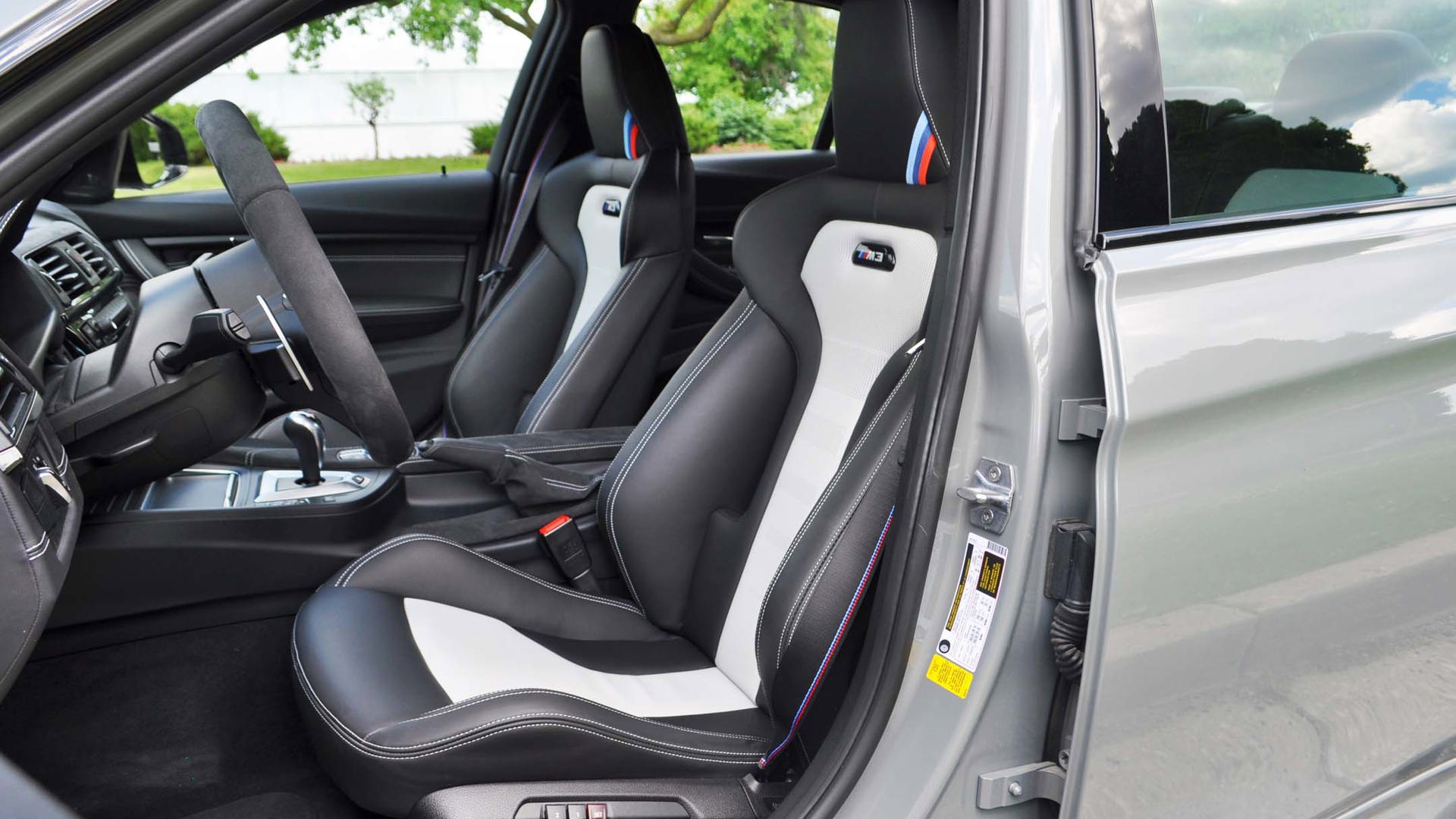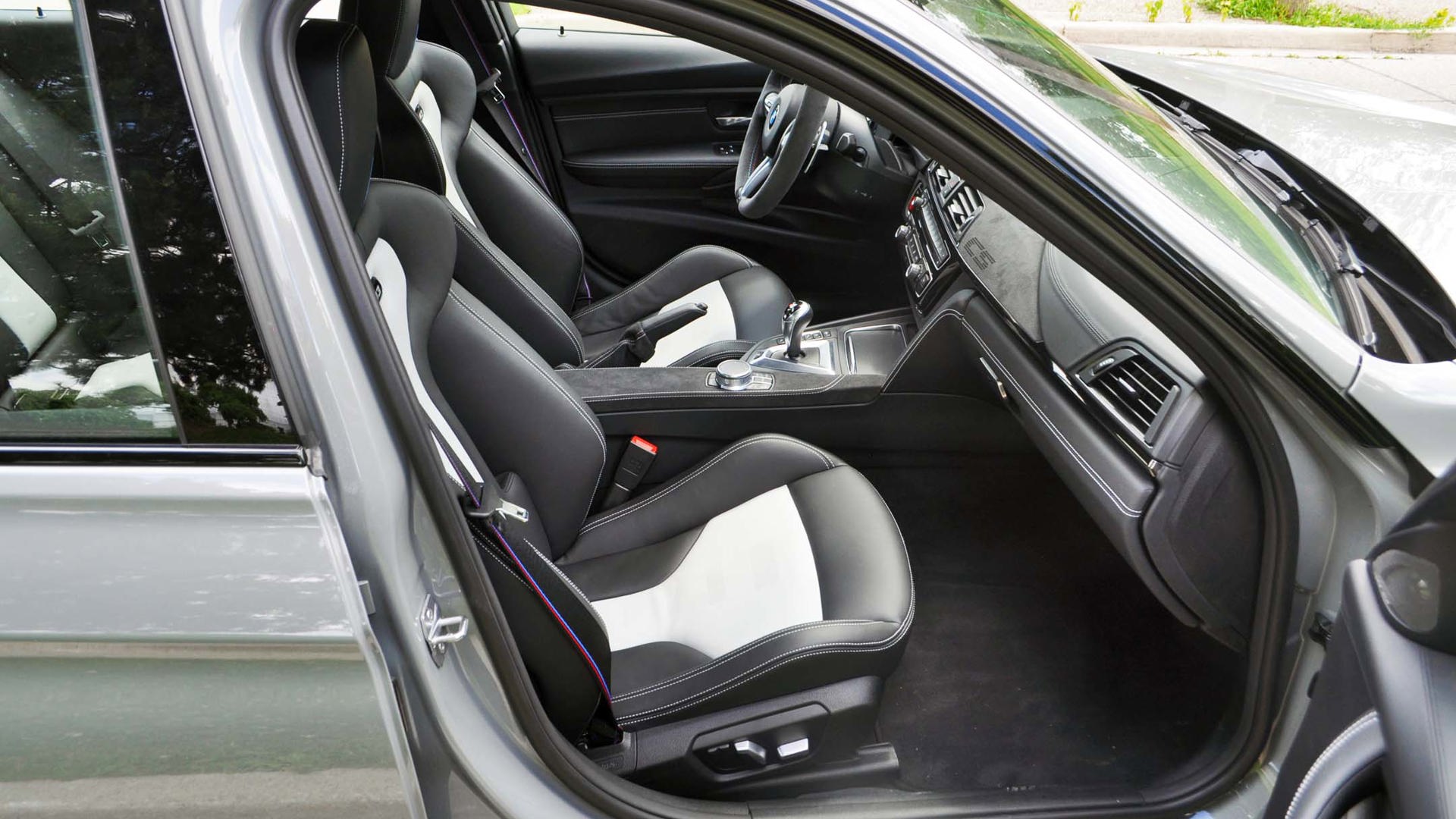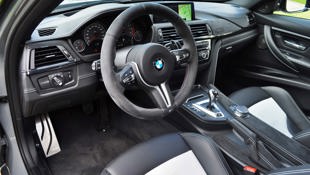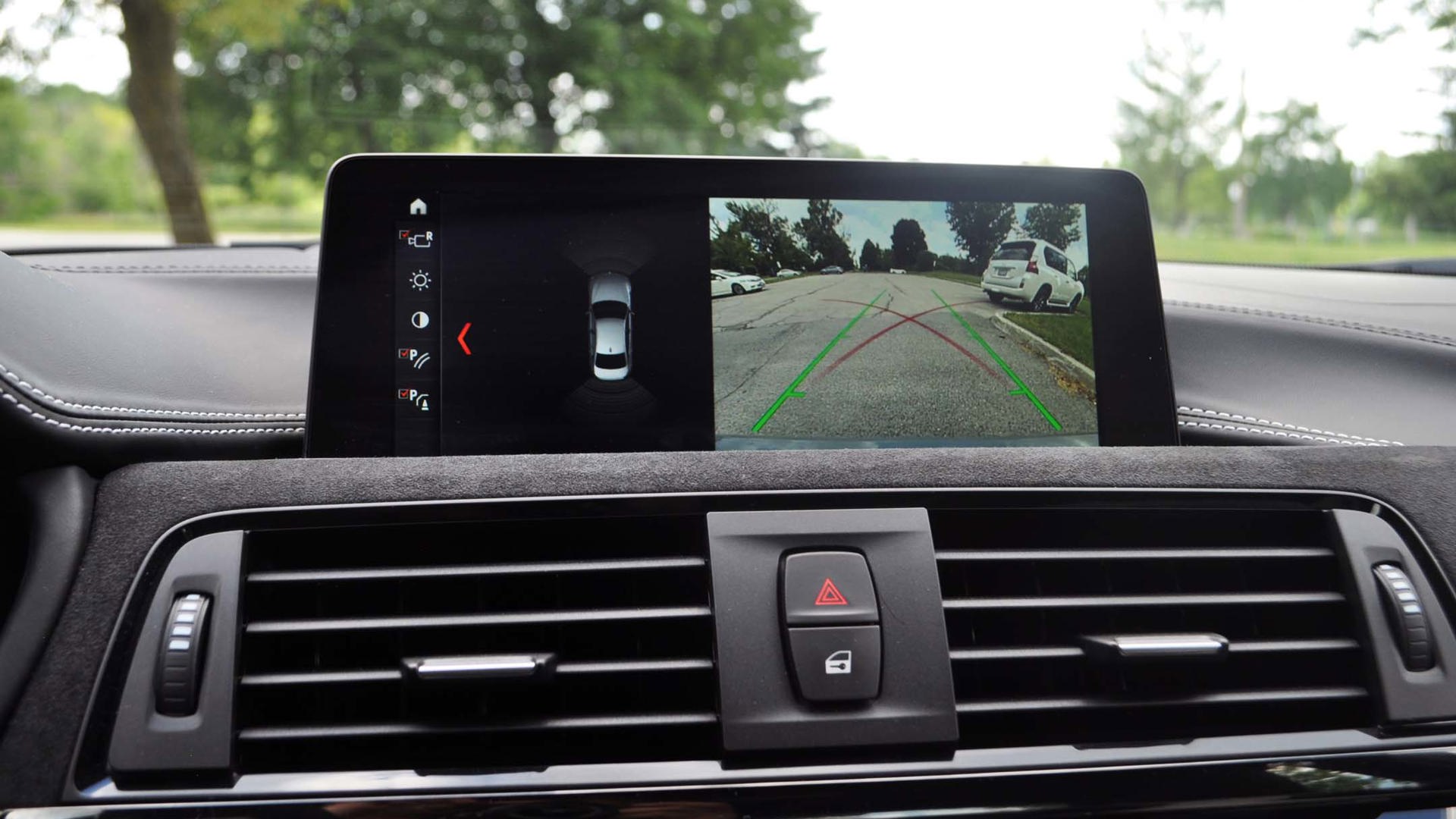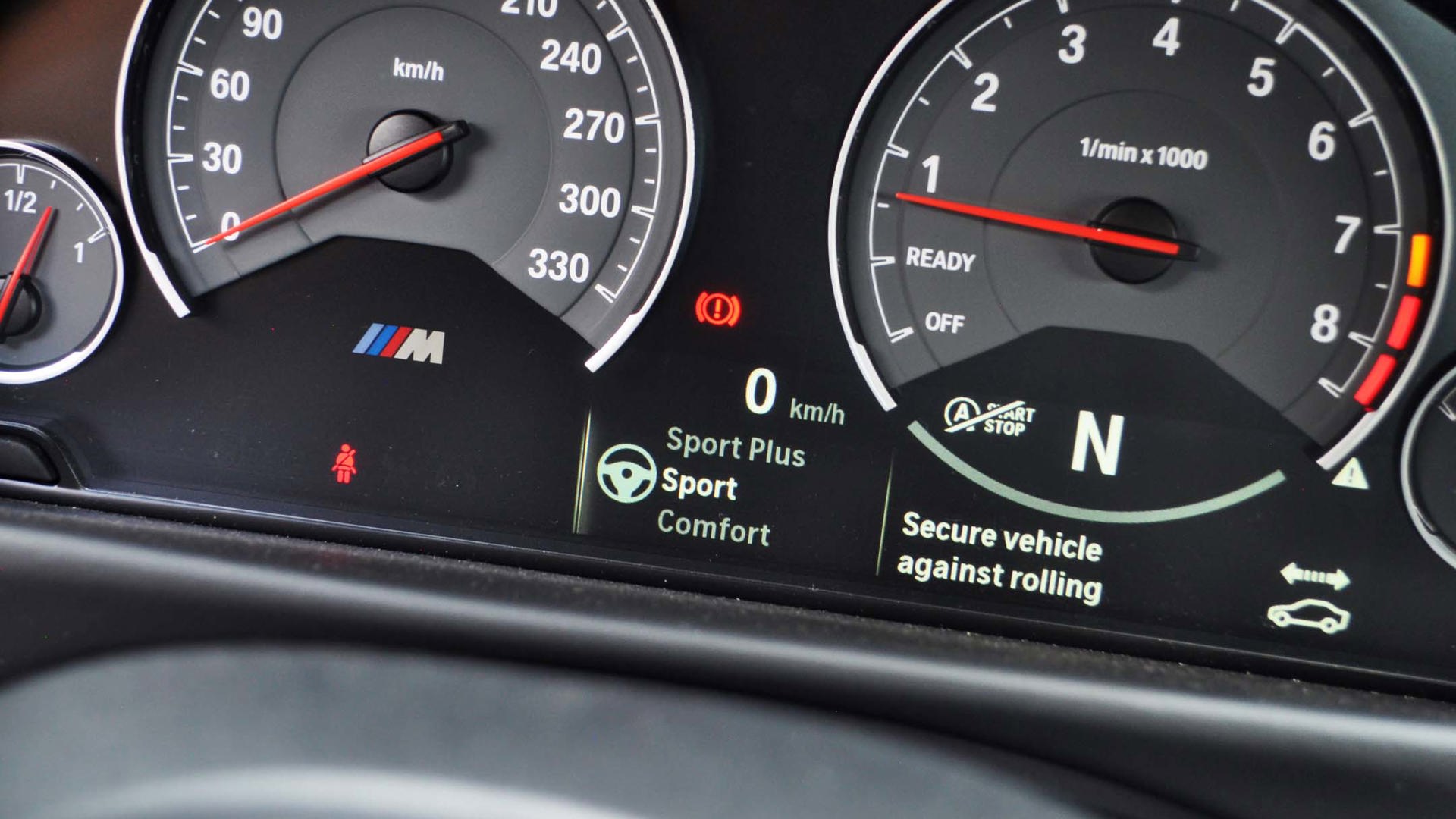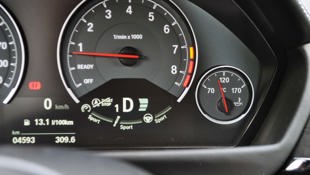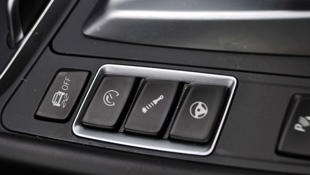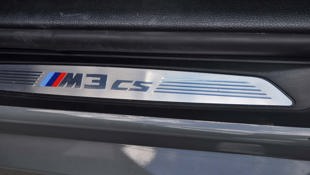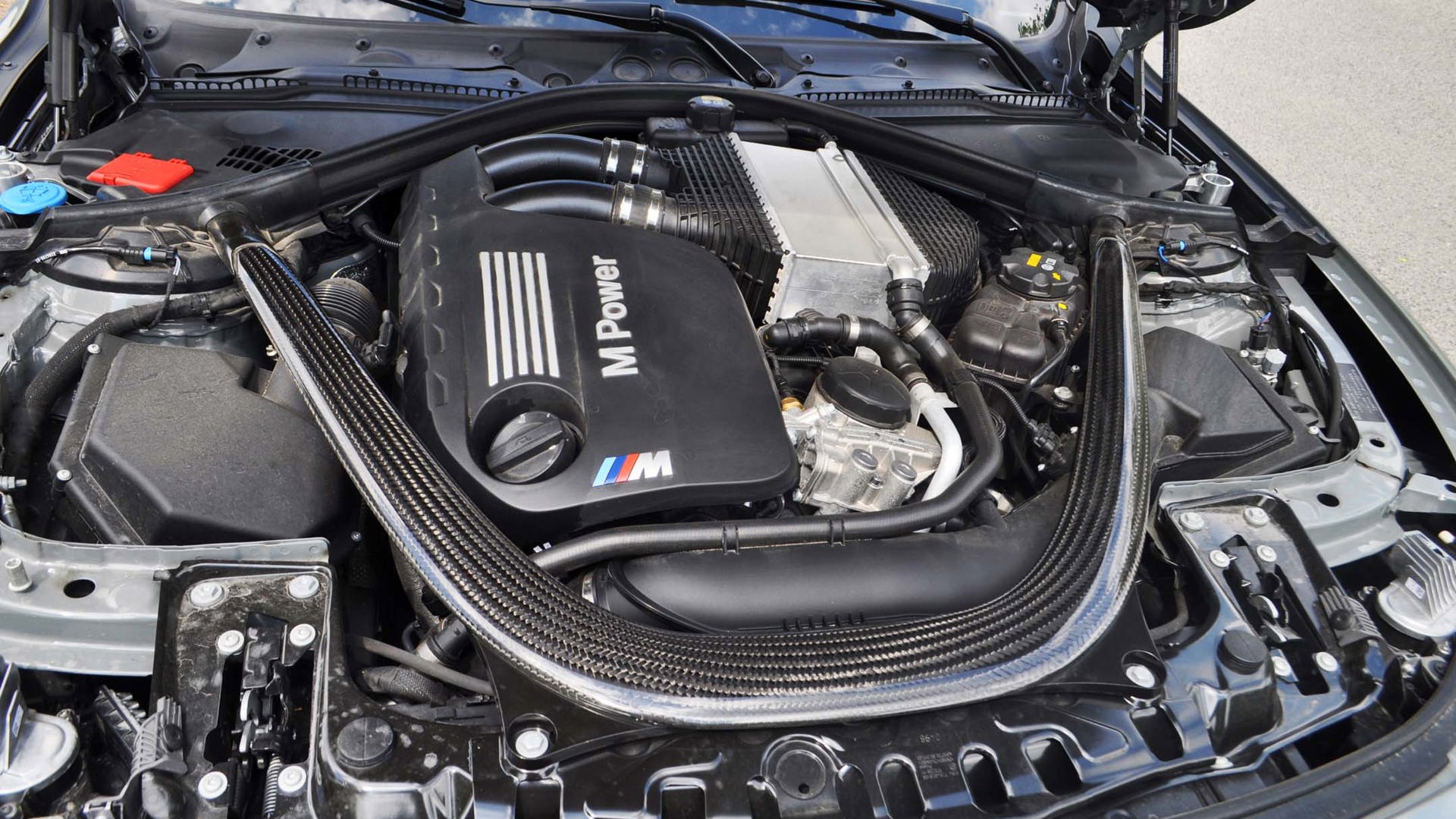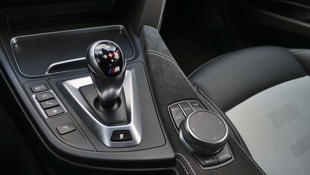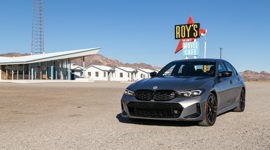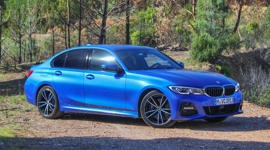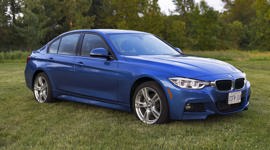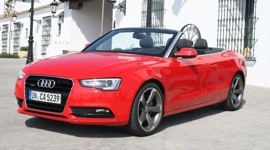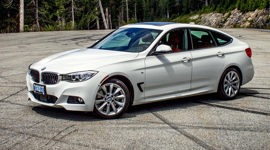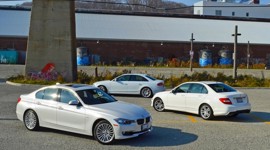 AutoTrader SCORE
AutoTrader SCORE
-
STYLING7/10
-
Safety7/10
-
PRACTICALITY9/10
-
USER-FRIENDLINESS8/10
-
FEATURES8/10
-
POWER8/10
-
COMFORT8/10
-
DRIVING FEEL8/10
-
FUEL ECONOMY8/10
-
VALUE6/10
There’s no doubt the new-for-2018 BMW M3 CS is a special car, but only slightly moreso than an already special M3. It’s not easy to find performance improvements in an impressively athletic BMW M3 – yet the CS (for Competition Series) is slightly lighter, slightly quicker, and slightly more aggressive looking. And unfortunately, more than slightly pricier.
With a base price of $113,500, the M3 CS comes in at a serious premium over the regular M3, which starts at $77,550. At first glance, that $35,950 gulf in starting prices seems startling – especially since some luxury equipment has been removed on the altar of weight-savings, with the goal of ultimate responsiveness. Yes, there are some standard items on the CS that are on the options sheet of the base M3 – and a few that are exclusive to the CS – but that price difference seems a little less extreme when one prices out a fully loaded M3, which can easily top the $100k mark in Canada, before taxes.
A small but hardcore group of affluent enthusiast buyers will be willing to ante up more for less, if its quickest.
That said, even BMW’s stalwart M GmbH performance arm is not immune to the profitable formula worked to the nth degree by Porsche’s RS vehicles: lighten impressive sports cars of non-go-fast equipment, add a little hot sauce to the performance mix, and a small but hardcore group of affluent enthusiast buyers will be willing to ante up more for less, if its quickest.
This is not a value play here, at least not in usual automotive terms of wanting the most features, space, comfort and practicality for the least outlay. On those terms, the M3 CS is a massive automotive fail. All-out performance is at the clear summit of target buyer priorities here, and what differentiates a BMW M3 CS dynamically (and perhaps visually) from its “base” M3 brethren will ultimately lead to how this hottest and likely last version of this generation M3 will be judged.
Sportier looks make priorities clear
For a few years now, the M3 designation denotes a four-door sport sedan only, and not the two-door body style that the iconic M3 name still implies to many long-time enthusiasts. Coupe and droptop versions of the M3 are now officially called the M4 Coupé and Cabriolet, respectively, ever since BMW’s move to even numbers for two-door vehicles, but only the M4 Coupé and sedan are offered in CS spec.
The original E30-based Evolution M3 helped forge BMW’s enthusiast reputation in the mid-to late 1980s, when the boxy two-door M3 first came out, soon sprouting various wings and performance upgrades. Later four-door M3 variants also helped cement BMW’s cred as the originator and still expert at building serious sport sedans, building on the go-fast cred built of its ‘70’s-era 2002 four-door models, generally acknowledged as the first overtly ‘sport’ sedans. So there is some blue-blood automotive history there, if you’re into that sort of thing.
That’s about where it ends in the blue blood category, especially if you’re looking for royal table manners or refinement in its looks. Instead, its front end sports an aggressive carbon fibre accented maw that seems like it’s a Transformer just starting to reveal its inner metallic warrior, while the rear includes a sharp C-F little spoiler ready for sword action as well. There’s also the standard carbon fibre roof, which looks great and helps reduce the weight some, but unfortunately it means there's no sunroof possibility on the M3 CS either.
One expects good paint quality on any six-figure car, but this one deserves special mention. The liquid gunmetal grey paint (“Lime Rock Grey,” officially) on this M3 somehow radiates strength even in dark underground parking garages, and was remarked upon even by folks who know nothing about cars, and care nothing about high performance. But unfortunately it does pick up rock chips, as every paint job does, but it somehow seemed especially painful to see on such a lovely colour when we picked it up.
Then again, there are a number of features missing that you would think it would be included in a vehicle that starts at $113,500. And they’re notably absent even before entering the vehicle.
That because getting into the M3 is tougher than in most cars, because its basic key fob doesn't offer the regular comfort access that allows you to walk up to the car and then just touch the door handle to unlock the door. No you have to take the fob out of your pocket, hit the button on the fob to unlock it like your ancestors used to, but then push a button to start the car, after hopefully remembering to stuff the large fob back into your pocket before sitting down. We criticized the Tesla Model 3 for being difficult to get in and out using the credit card key, but at least owners report that the app that’s supposed to open the door automatically as you walk up at least sometimes works, plus it costs less than the M3 CS by far.
Not sure how much weight is saved by omitting these door sensors, if any, but no six-figure BMW should be tougher to get into than a mid-level Honda Civic.
Interior all about showcasing performance
The lower weight emphasis on the M3 CS clearly extends to the interior, highlighting its performance priorities. The specially designed M sport seats have cut outs in the back, making it possible for rear seat passengers to poke driver and passengers if they're feeling mischievous. The front armrests have been deleted in favour of extending out the suede-like Alcantara trim found all around the cabin, including on the steering wheel (for $600), becoming the most noticeable option fitted to our tester.
Actually, there are only two other options in total offered on the CS: super sticky Michelin Pilot Sport Cup 2 tires, the no cost option ours came with, and carbon ceramic brakes, which seems like a hefty $9,500 upgrade given the already lofty starting price, but which buyers who plan to take this car to the track will likely need to truly maximize the full dynamic roller-coaster track ride available for more than a few laps.
And even though the M3 CS is a sedan, don’t expect max versatility, at least compared to other sedans. The room in the backseat is not huge to start, that rear seat doesn’t fold down for more cargo flexibility, and there's a big centre hump in the middle which really makes this a four-seater.
There are three buttons to the left of the shifter that allow you to toggle the transmission, suspension and steering feel between Sport, Sport Plus or normal settings (called Efficient for the engine settings, or Comfort for the steering settings). There's a little indicator underneath the tach that shows you in which mode you have each variable, as well as an indicator of your shift preferences. It can be adjusted with the button just below the shifter, so really it's engine preferences first then suspension and steering feel with separate little button on the shifter affecting shift response – more bars equals quicker but rougher.
There are three striped M logos all over, including on the seatbelts and on the seat backs. The cargo area is large and fairly handy with lots of room for a weekend worth of cottage gear, especially compared to the Mercedes-AMG C 63 S, its most natural four-door rival. But that C 63 S has a major power advantage, as we’ll delve into below.
Power is increased, but still down on some rivals
With a 3.0-litre turbocharged inline six engine, the M3 CS boosts power up to 453 hp, up 28 hp from the base M3, and up to 443 lb-ft of torque, an additional 37 lb-ft over the $36k less expensive base M3 – if you can find an option-free M3, that is. That extra oomph makes for a quicker 0-100 km/h run of 3.9 seconds, though chances are you’ll need a VBox or lap timer to notice the difference with the base M3, which BMW says will do the same run in 4.1 seconds – for the similarly equipped dual-clutch seven-speed paddle shifted transmission, and 4.3 seconds for the slower but more involving manual M3 with three pedals.
The engine kick in any mode is impressive, especially if you work those paddle shifters to keep the revs near singing range. A full throttle stomp from rest will impress all but the most jaded drivers (and passengers), but doesn't blow you back incredibly like the Tesla Model 3, which promises a 3.5 second 0-100 km/h thrill ride in the Performance model.
But the M3 CS also offers a heart-pumpingly authoritative engine note, further enhanced by a quad pipe, dual outlet M Sports exhaust system, with CS-specific tuning. The sound coming out of those four pipes can be further enhanced by a button that adjusts the transmission shift points, allowing more and more revs, or a full manual mode, where even at redline it'll wait for the driver to shift.
The M3 CS has a top track speed of 280 km/h that will cower the 250 km/h figure of the similarly sized but non-track oriented Tesla Model 3 Performance, though the M3 CS will run out of puff a bit before the aforementioned AMG’d C-Class, with its Vmax of 290 km/h with the optional AMG Driver’s Package.
BMW credits the extensive use of carbon-reinforced plastic (CFRP) throughout the M3 CS body for its roughly 50 kg (110 lb) weight reduction. That reduction puts the CS at roughly 1,590 kg, compared to roughly 1,878 kg for the larger and more luxury-oriented Cadillac CTS-V. On top of the CFRP roof in the regular M3, the CS adds a 25 per cent lighter and reshaped CFRP hood, though it looks like a normal hood, as it doesn’t have the familiar CF weave pattern as the roof.
That weight savings is important, given the M3 CS’s power disadvantage compared to the 503 hp of the AMG C63 S and the 640 hp Cadillac CTS-V, among others. Ultimate handling on the road and on the track is key to the appeal of the M3 CS, and like the regular M3, it offers multiple adjustments of the steering feel, suspension settings, and stability control settings, with separate buttons for each to allow for easy adjustment. Yes, these controls as well as this interior overall does feel somewhat old school compared to most newer screen-based interfaces, but that’s not surprising given that an all-new gen 3 Series will hit the market in 2019, with an M3 version sure to follow.
As such, this M3 CS is a limited edition model of the last year of this F80 generation of the 3 Series, and BMW says it plans to produce 1,300 versions of the M3 CS for the world. That limited status likely elevates its price somewhat as well, hurting its traditional value equation further, but making the 2018 M3 CS more a collectible than its market rivals also.
Yes it’s possible to get more power, luxuries and practicality for less, but consider this machine a unique automotive sunset for this version of the ultimate M3.
| Engine Displacement | 3.0L |
|---|---|
| Engine Cylinders | I6 |
| Peak Horsepower | 453 hp @ 6,250 rpm |
| Peak Torque | 443 lb-ft @ 4,000–5,380 rpm |
| Fuel Economy | 13.5/9.9/11.9 L/100km cty/hwy/cmb |
| Cargo Space | 480 L |
| Model Tested | 2018 BMW M3 CS |
| Base Price | $113,500 |
| A/C Tax | $100 |
| Destination Fee | $2,245 |
| Price as Tested | $116,445 |
|
Optional Equipment
$600 – M Steering Wheel in Alcantara
|
|
